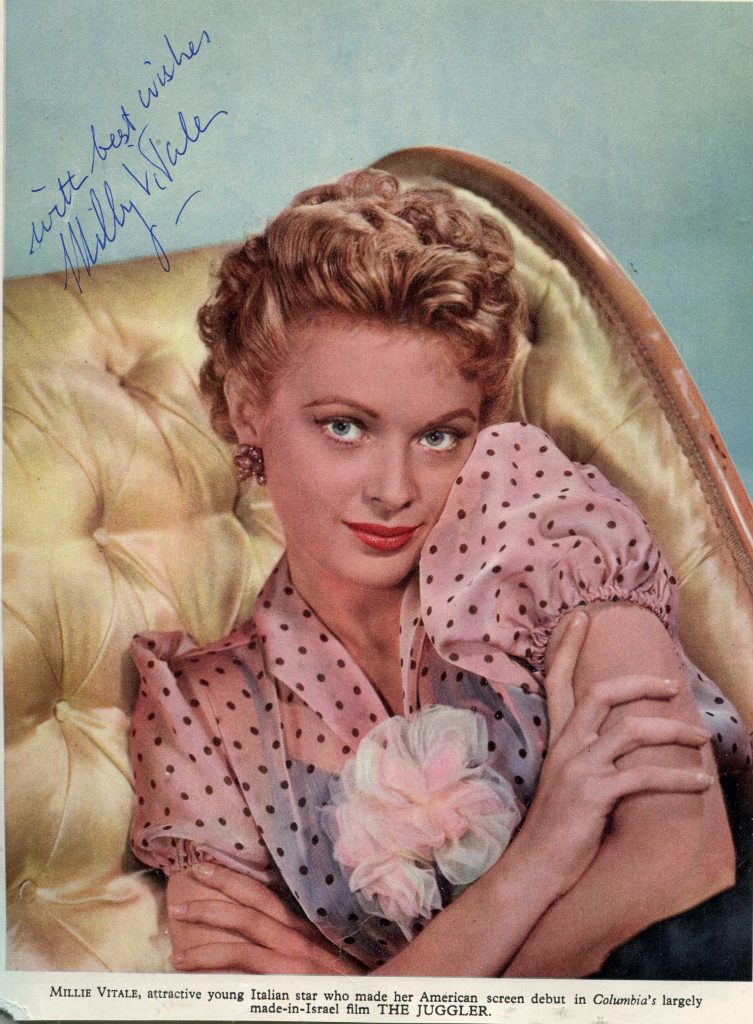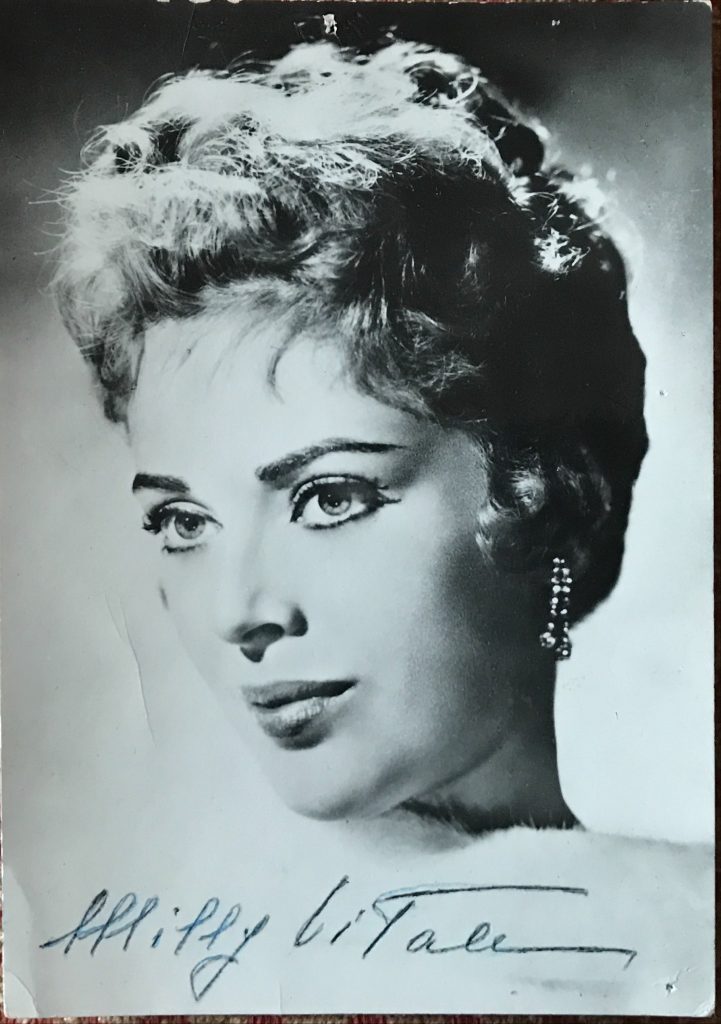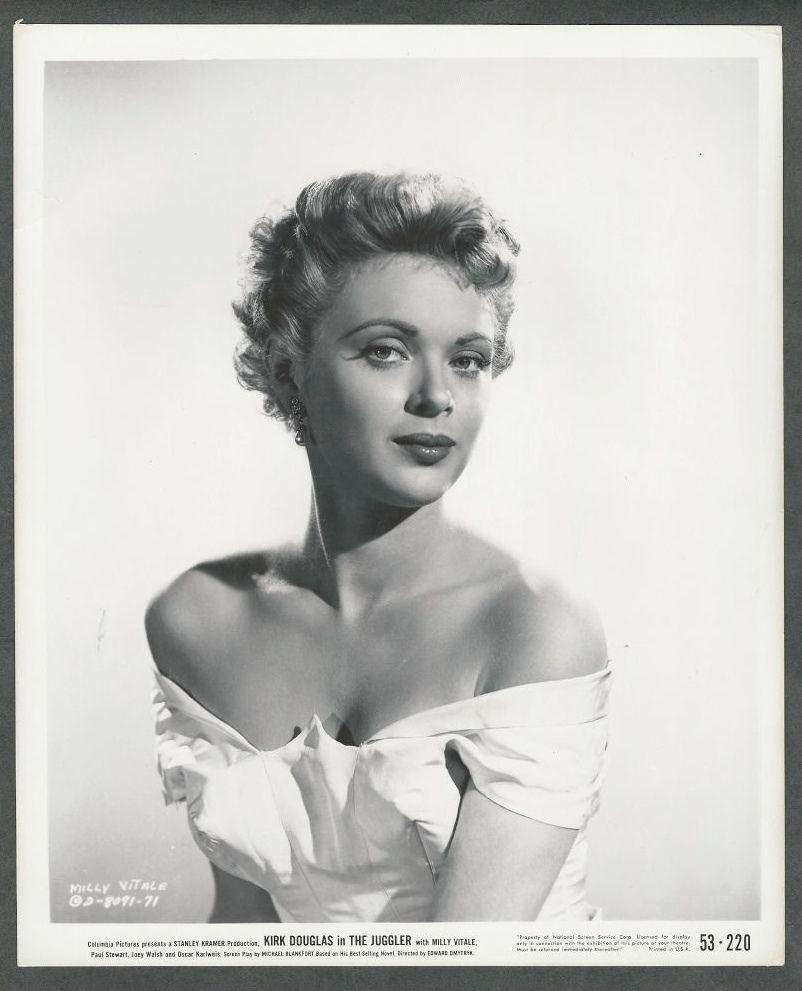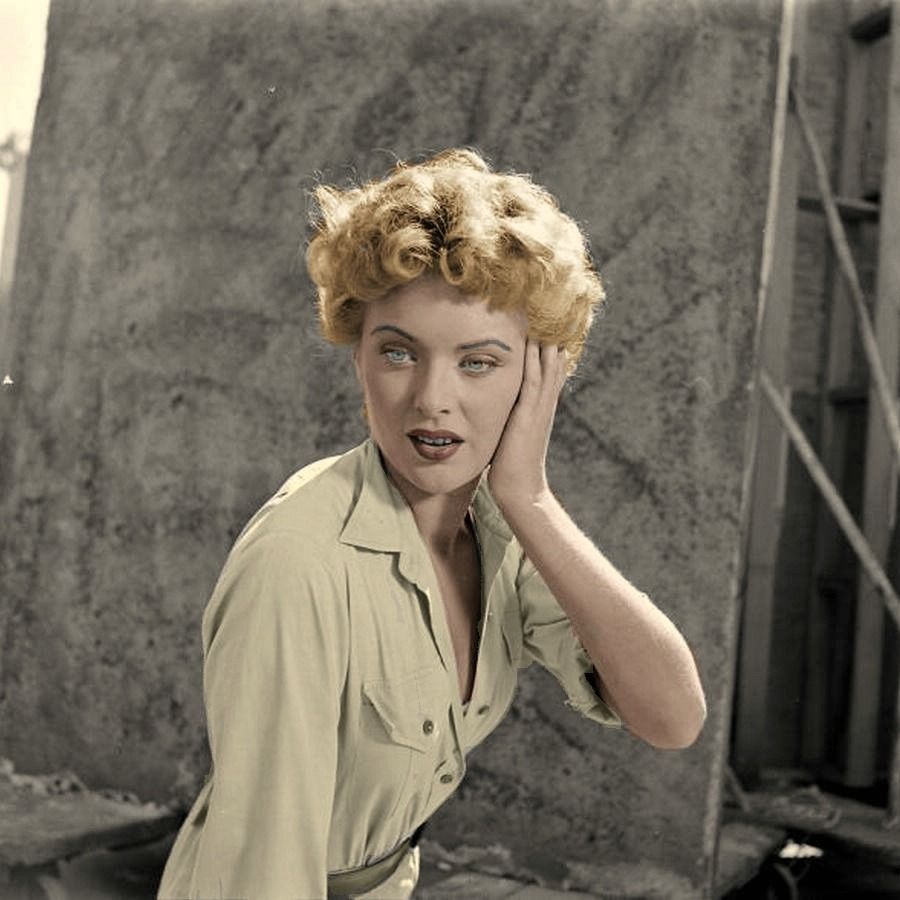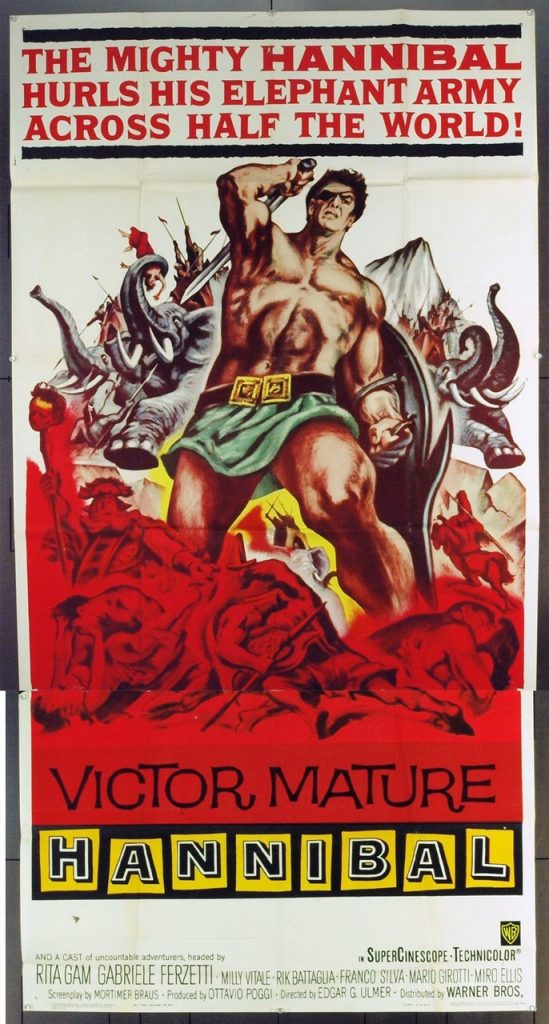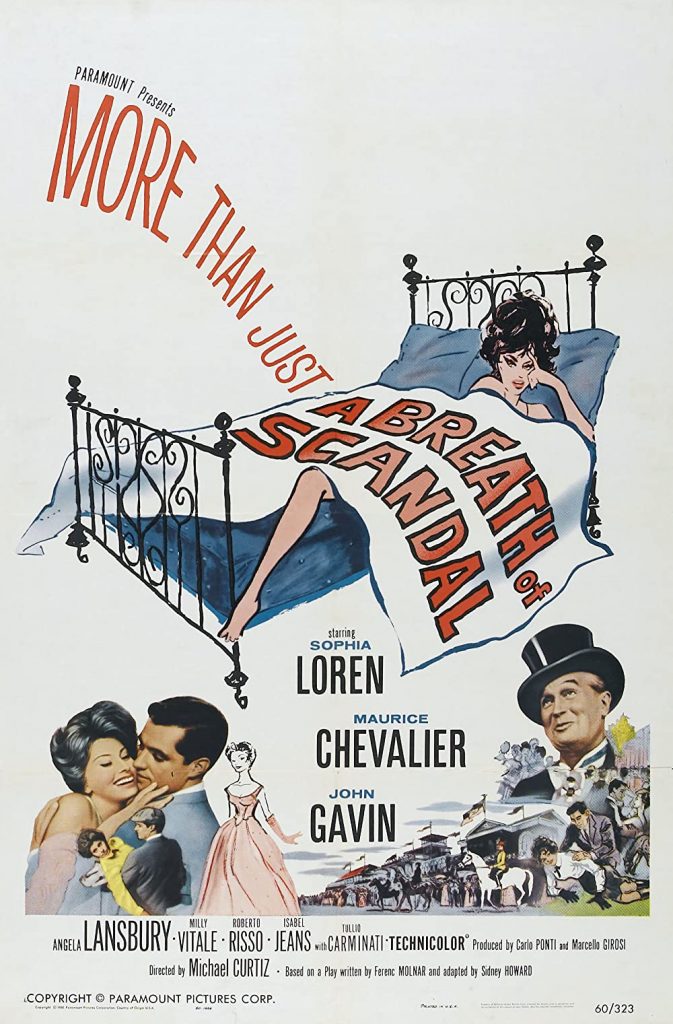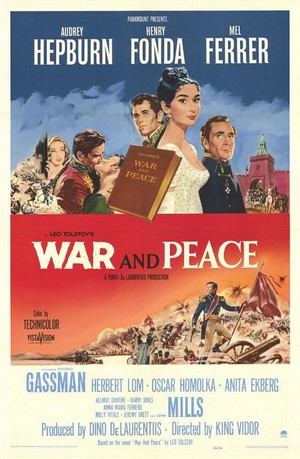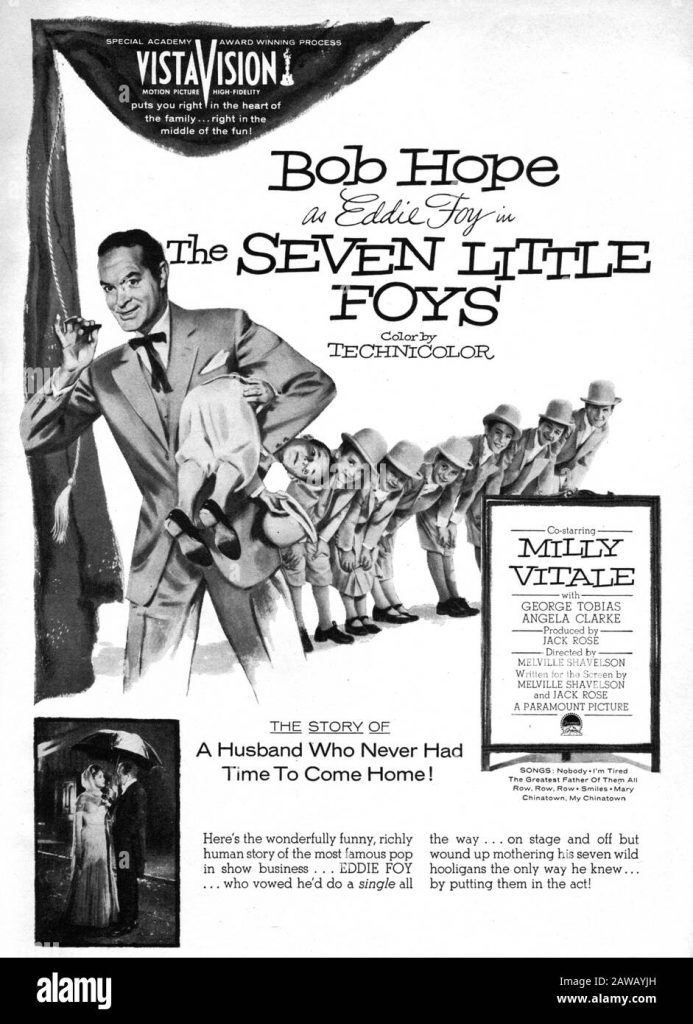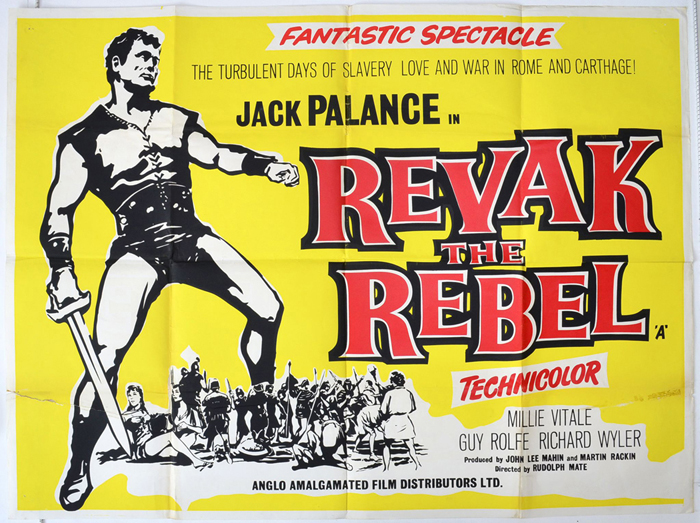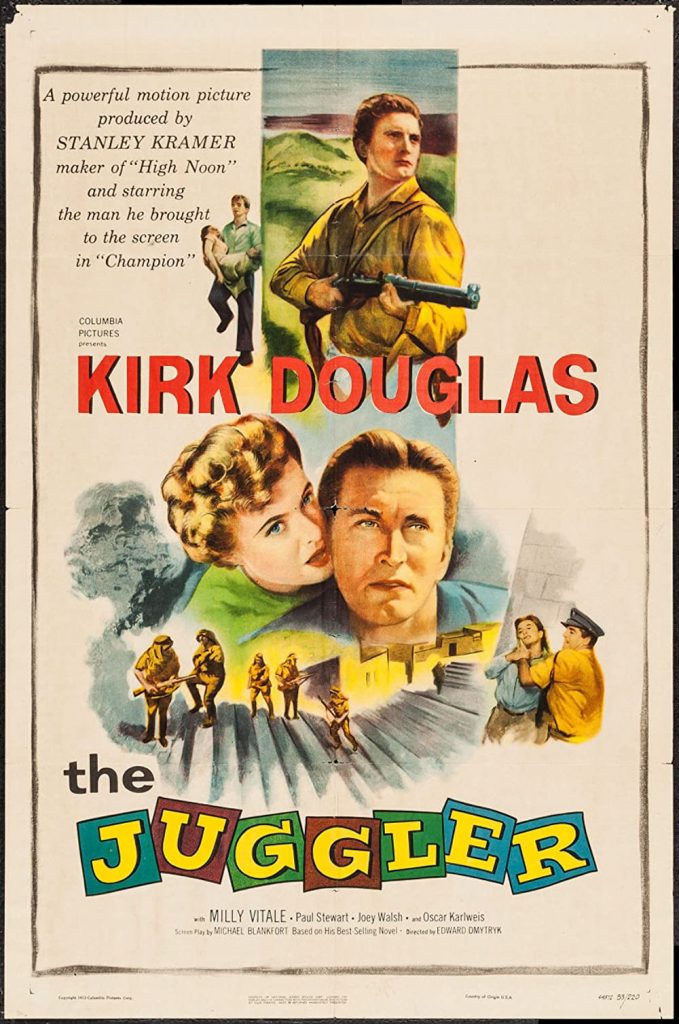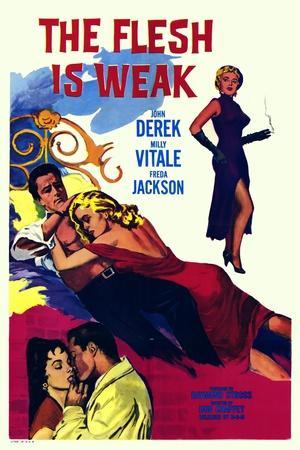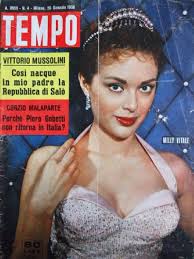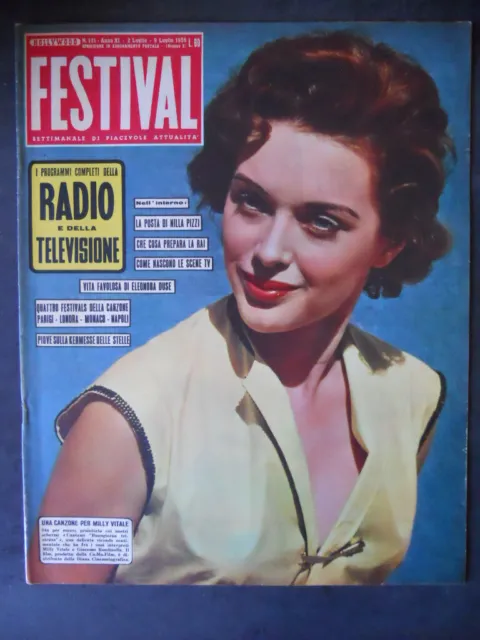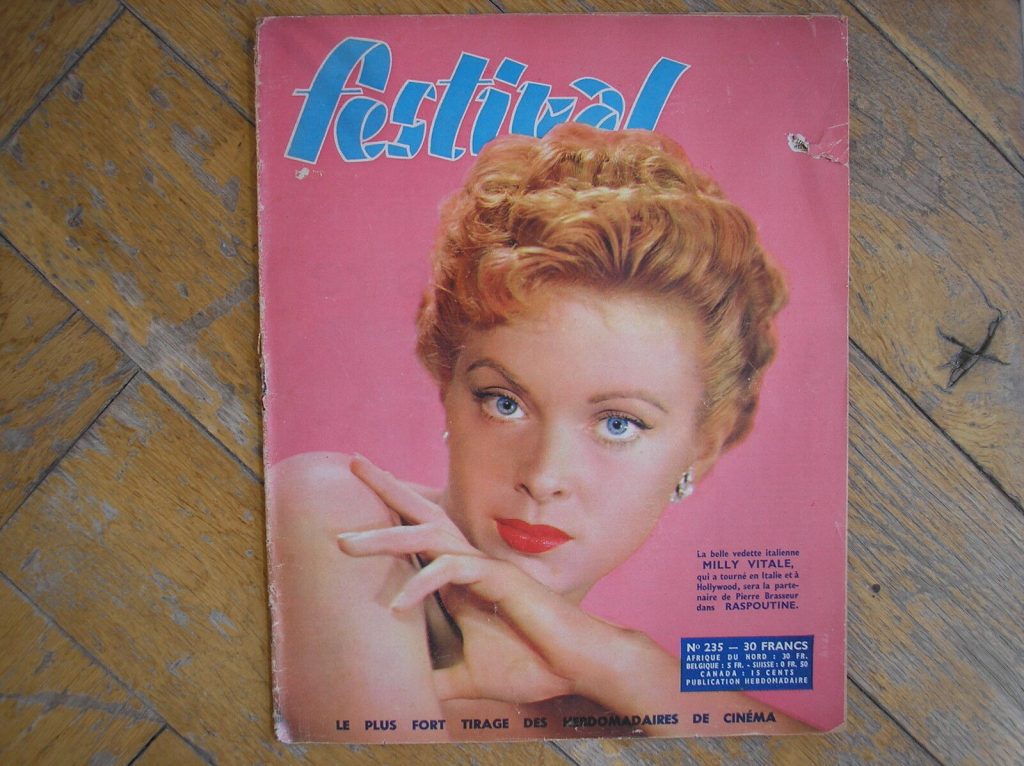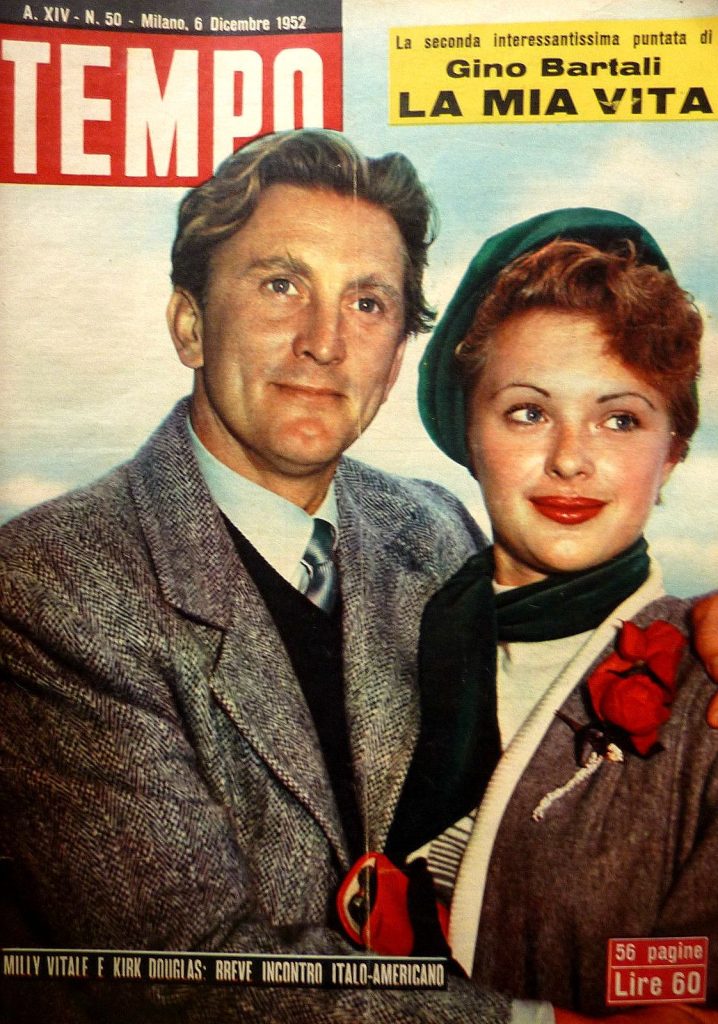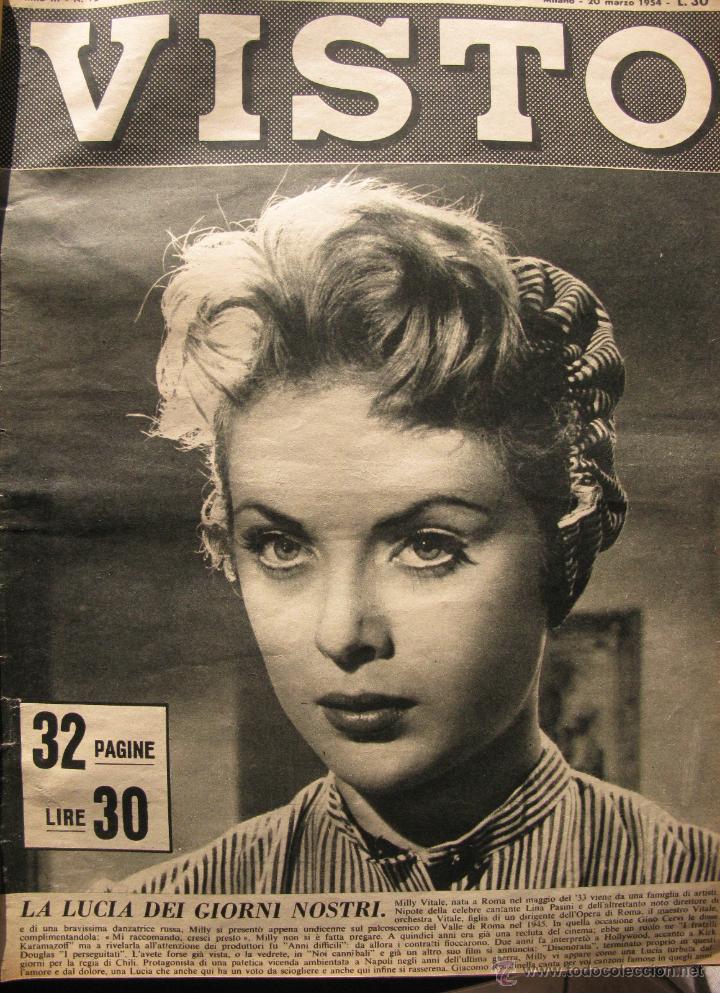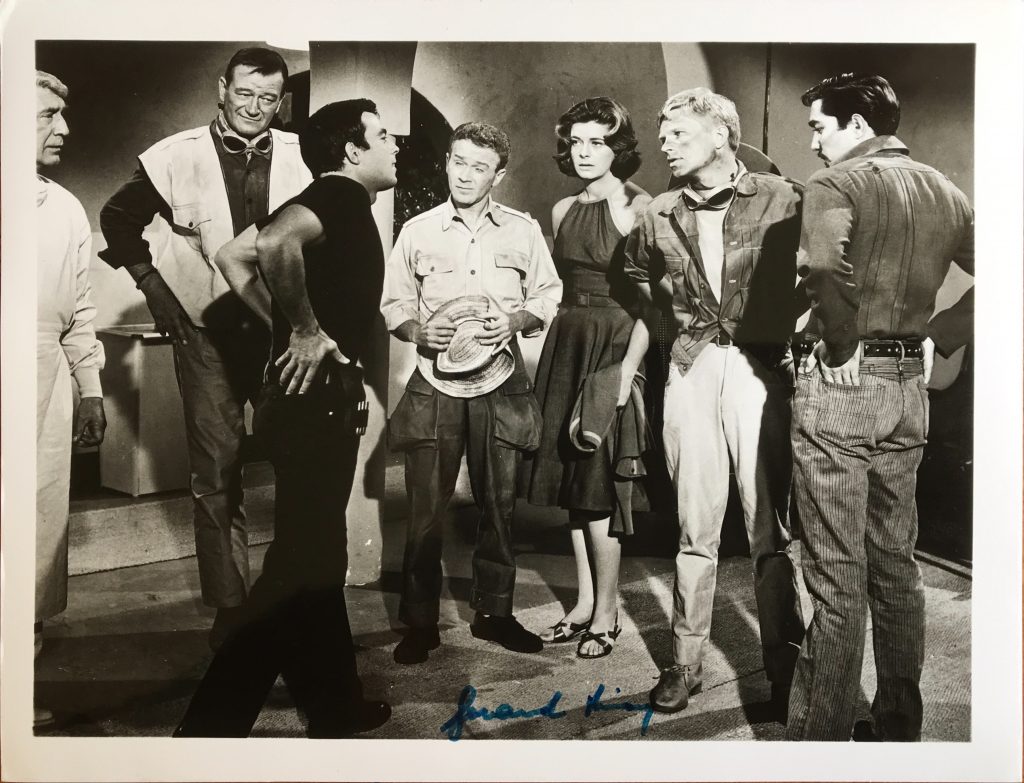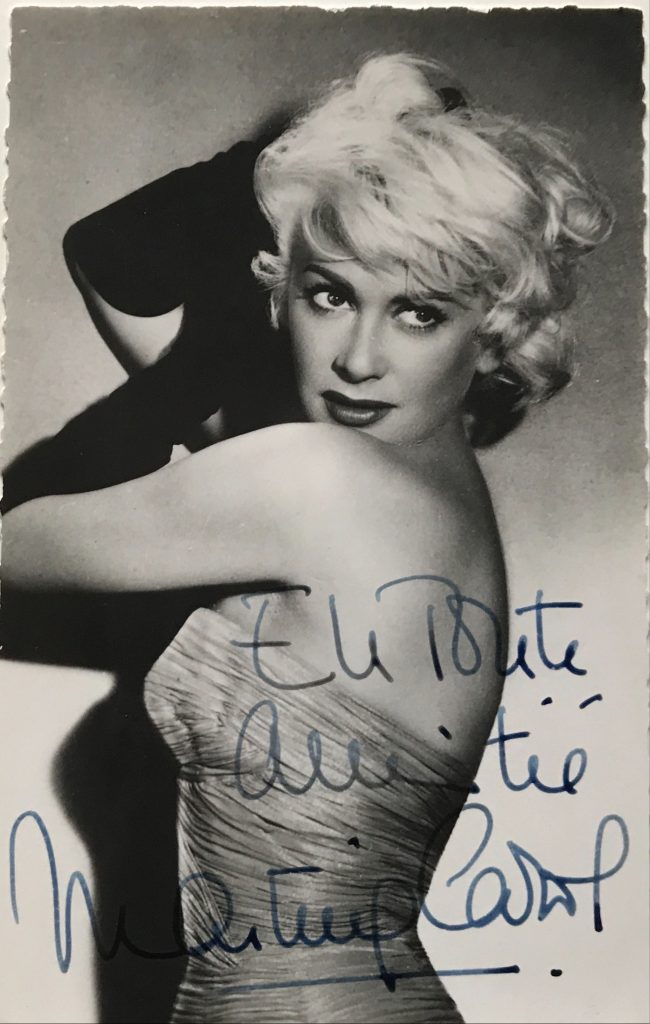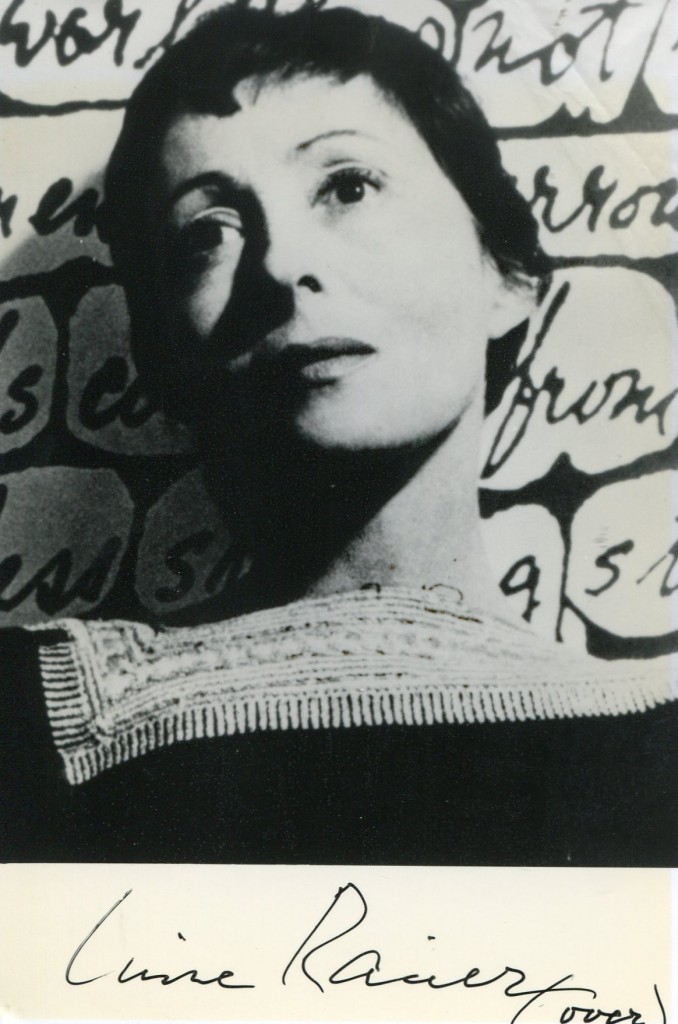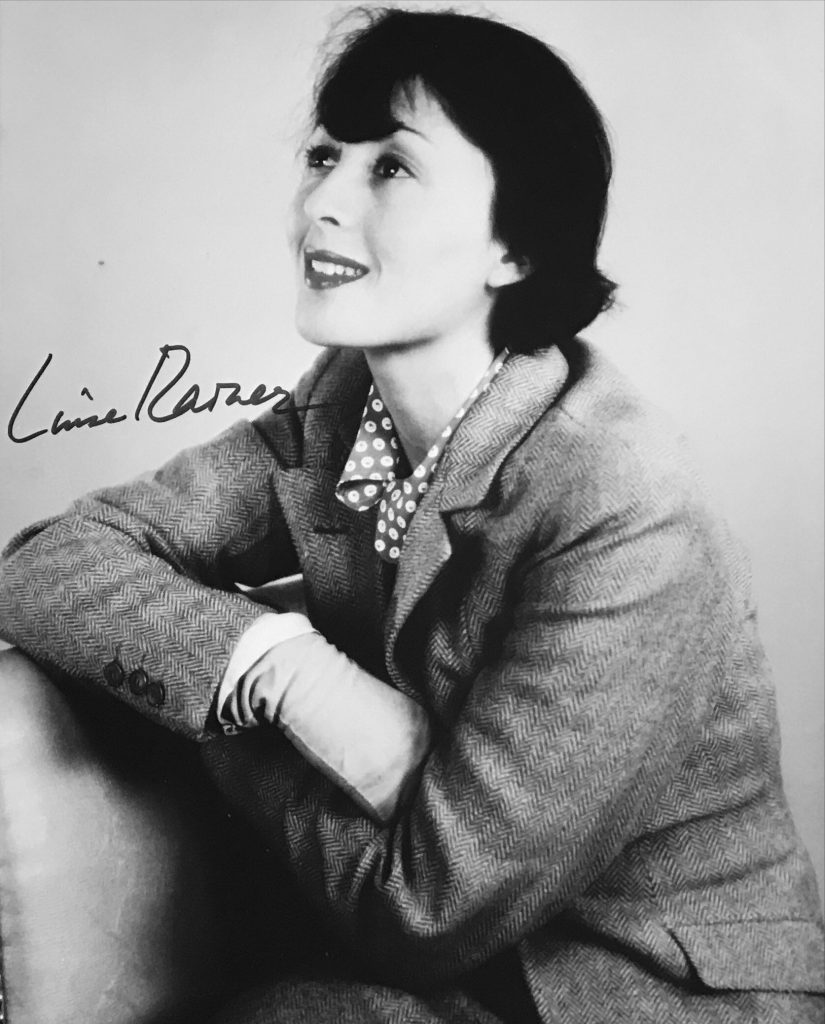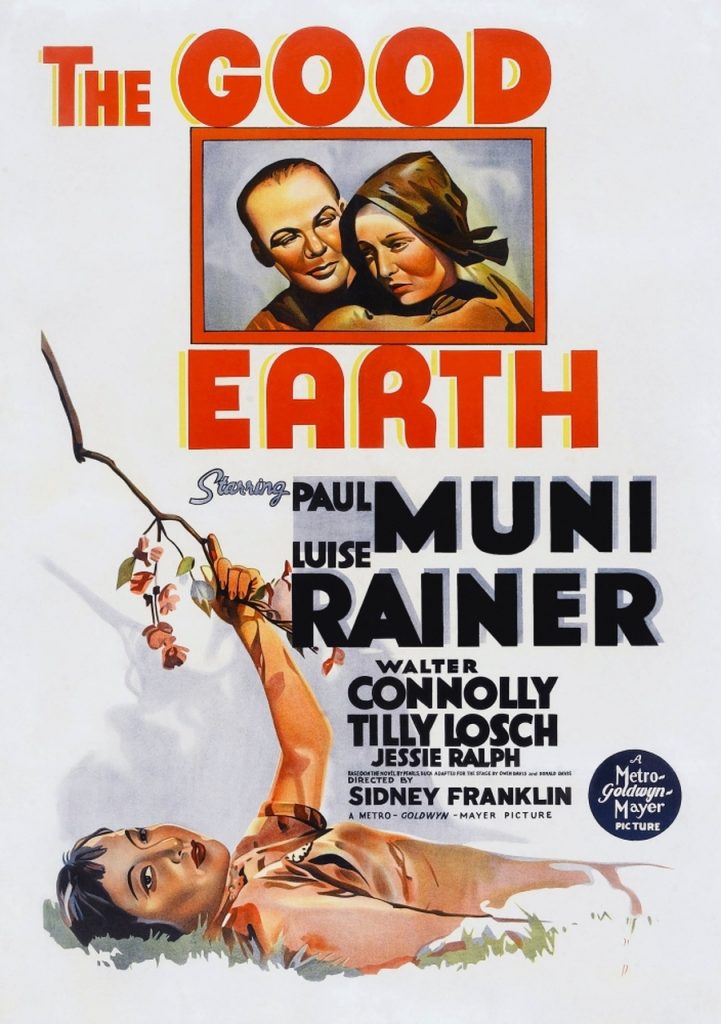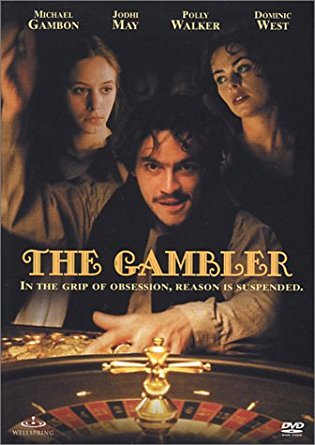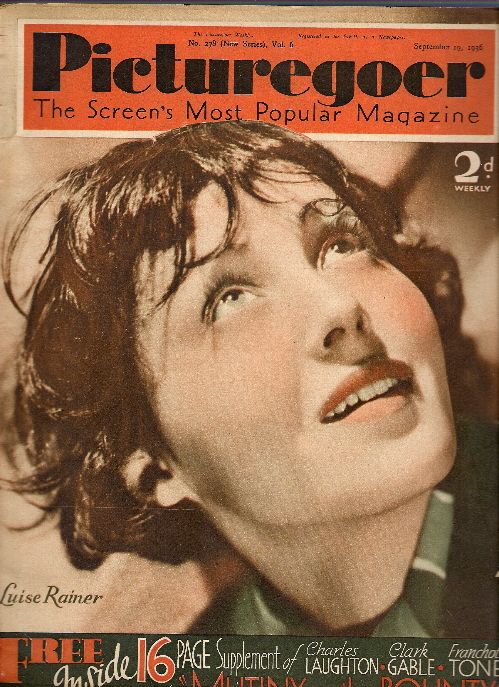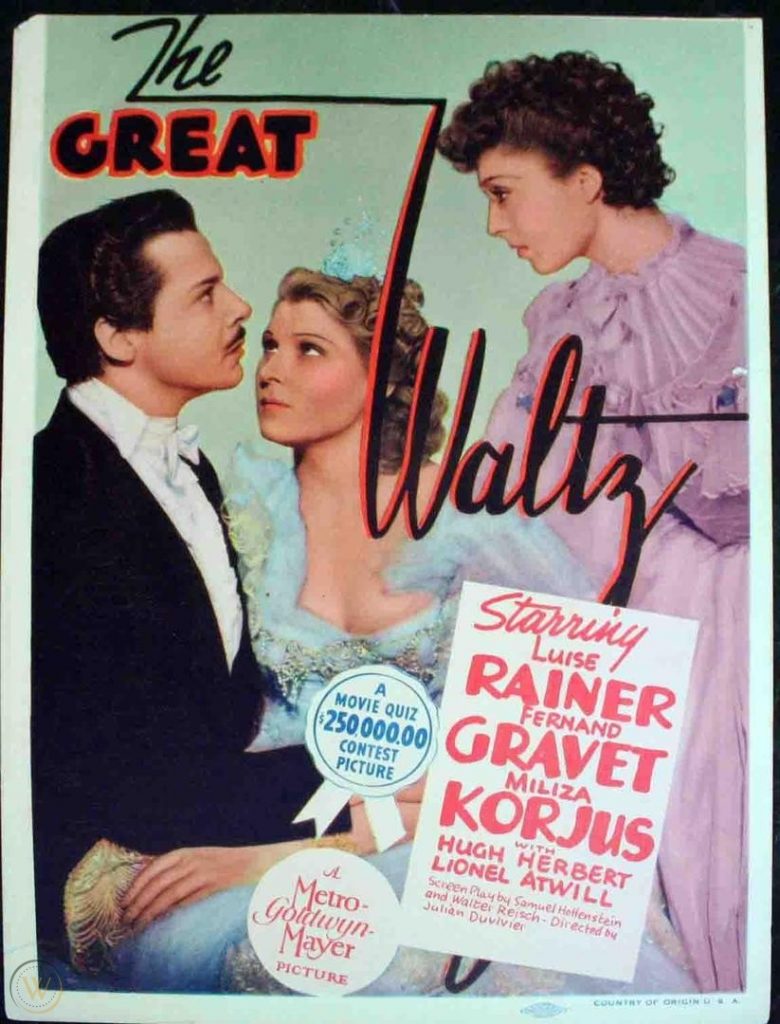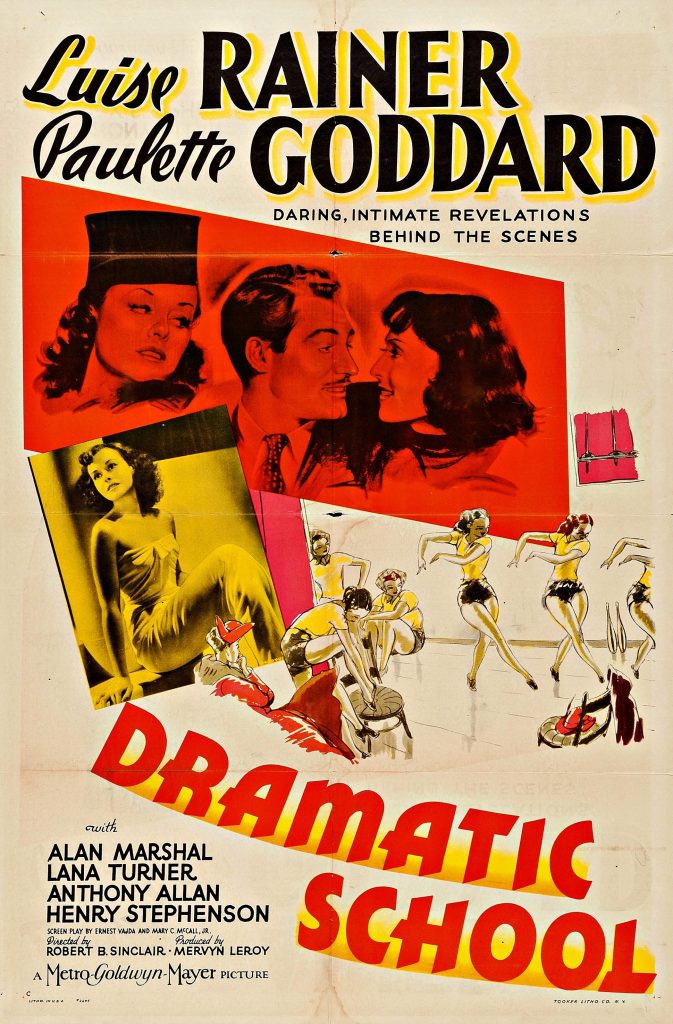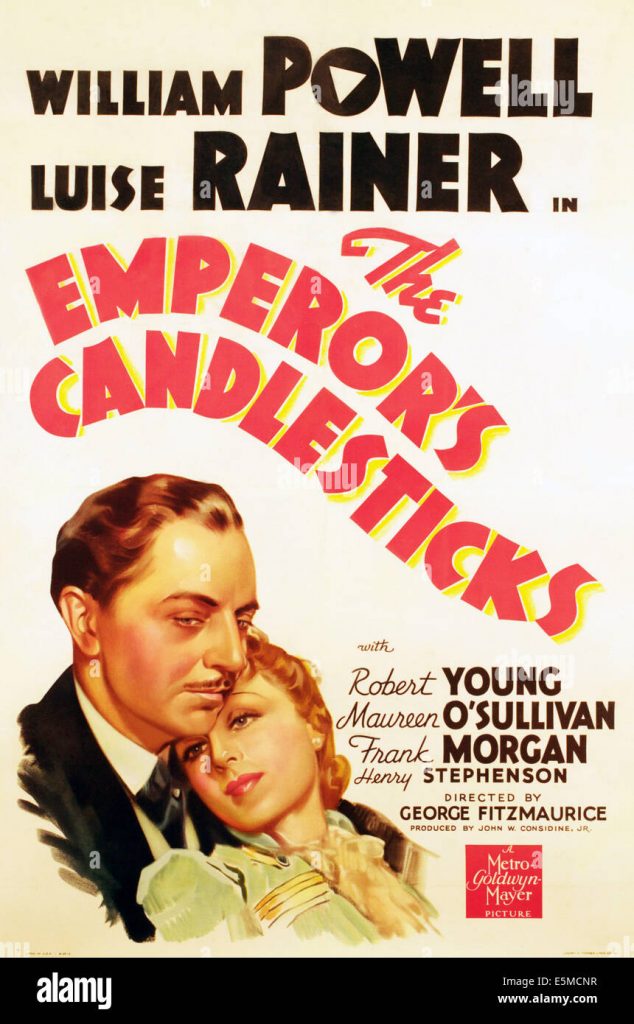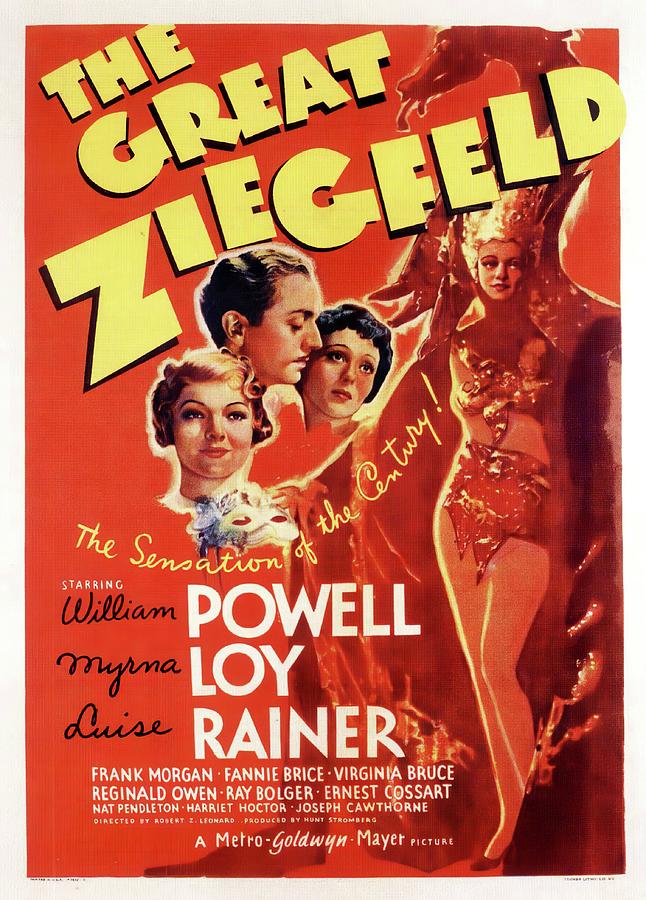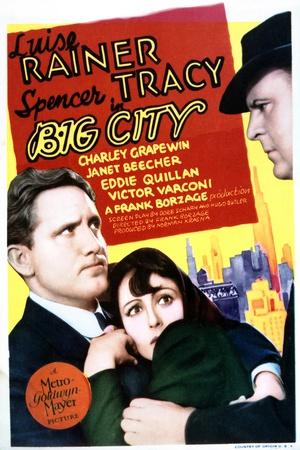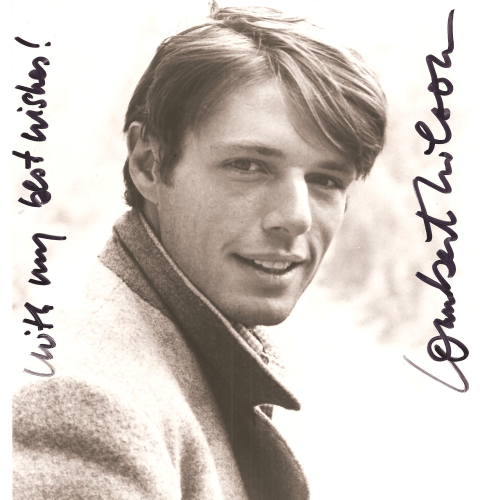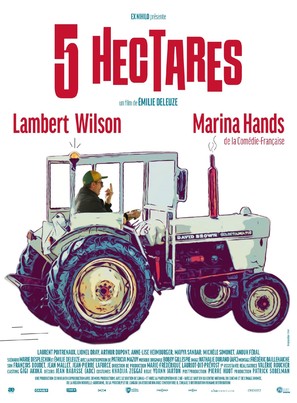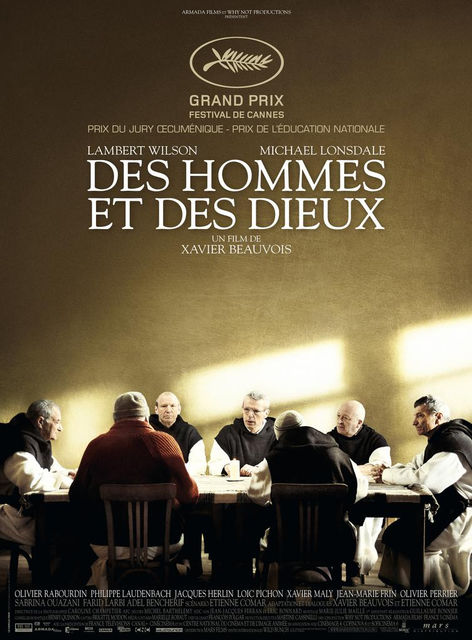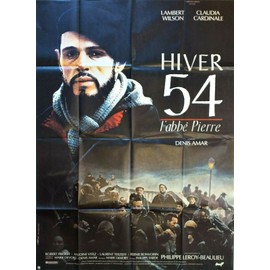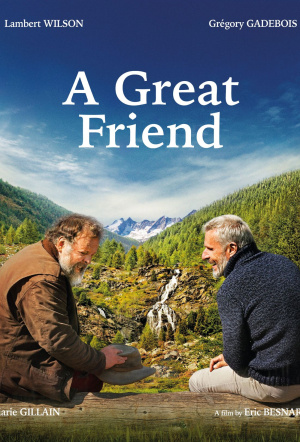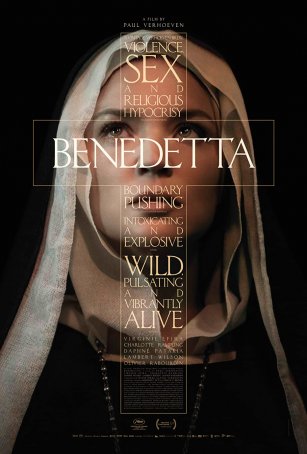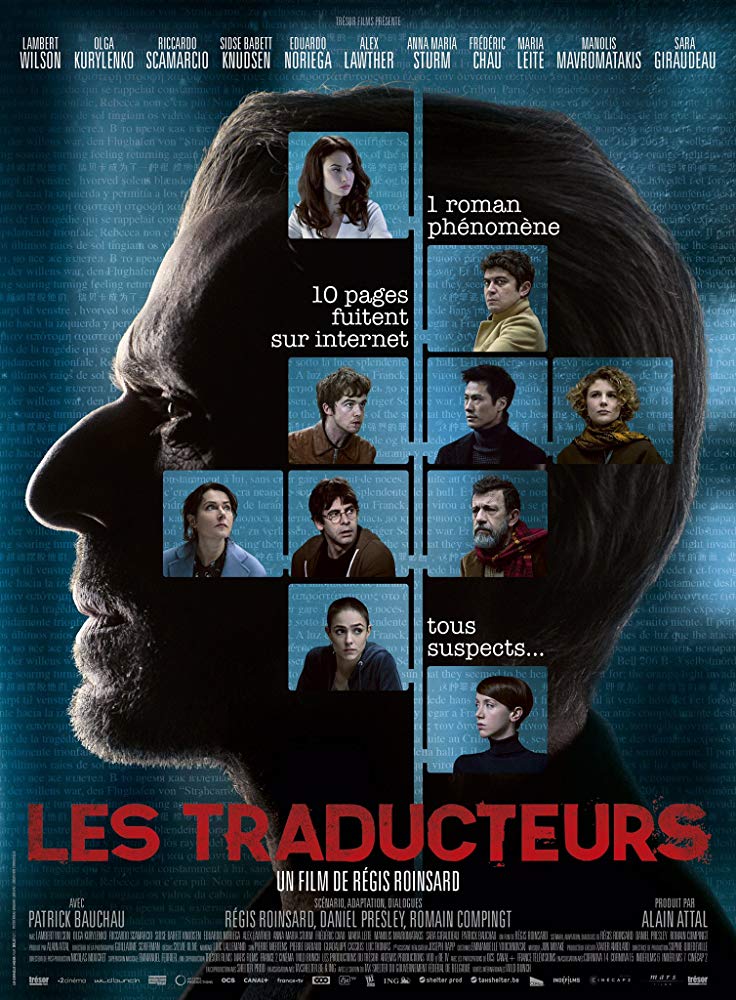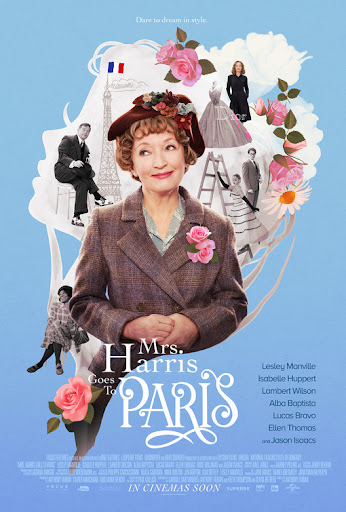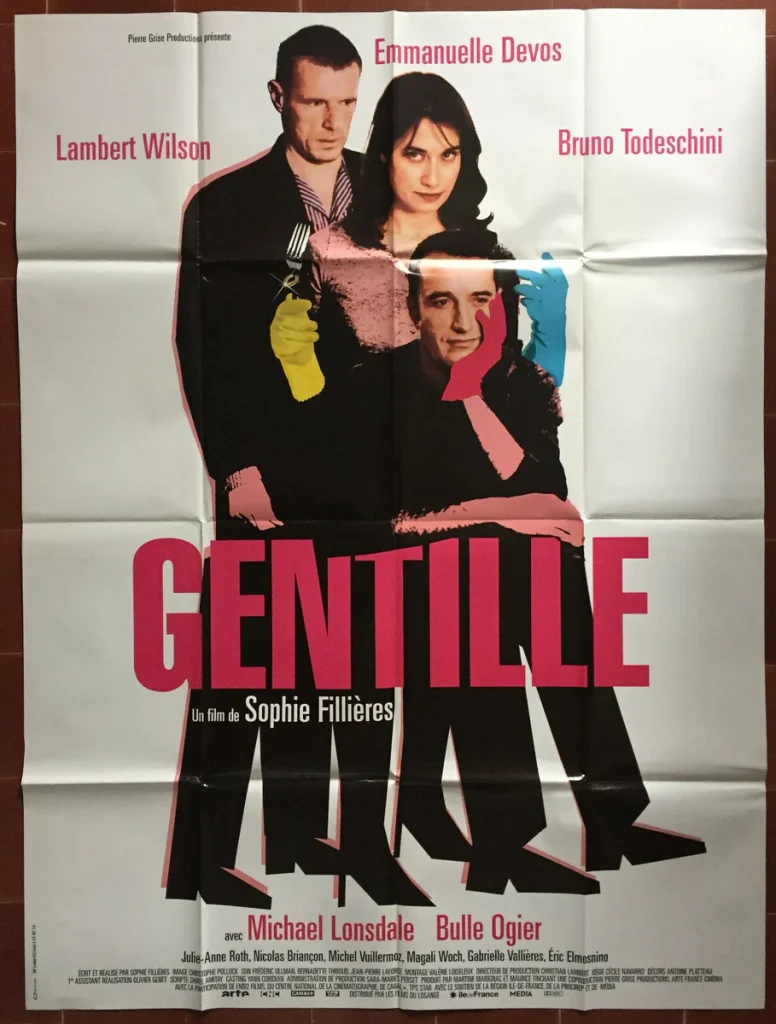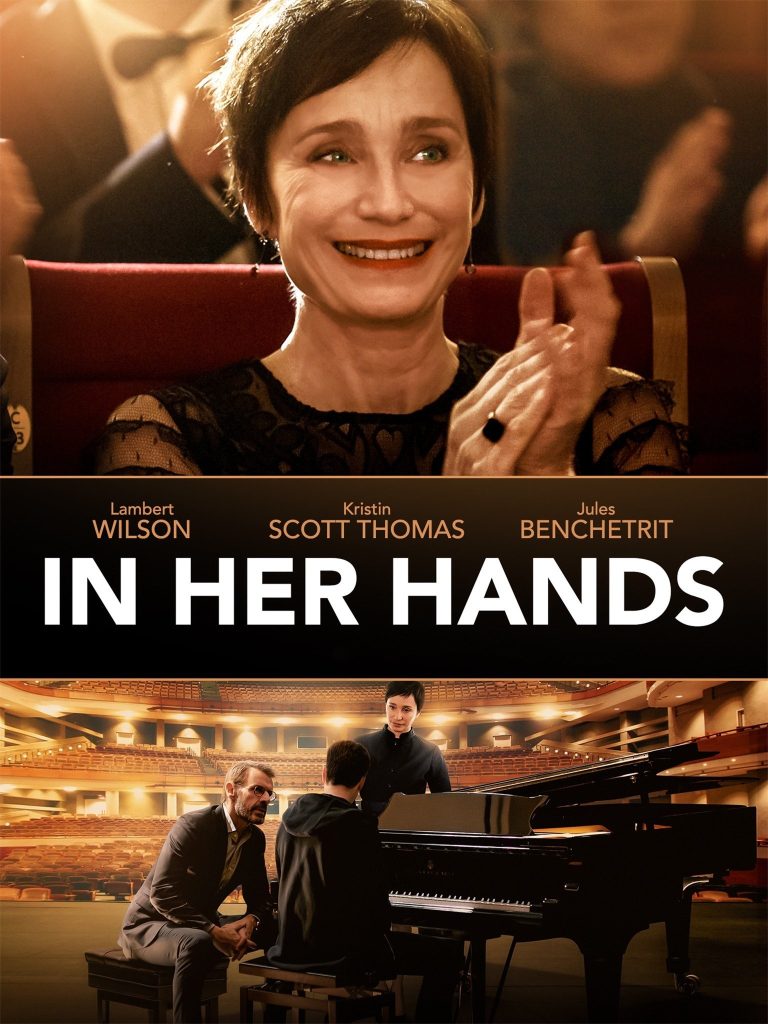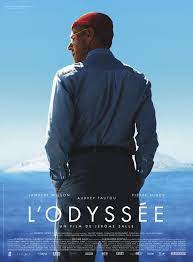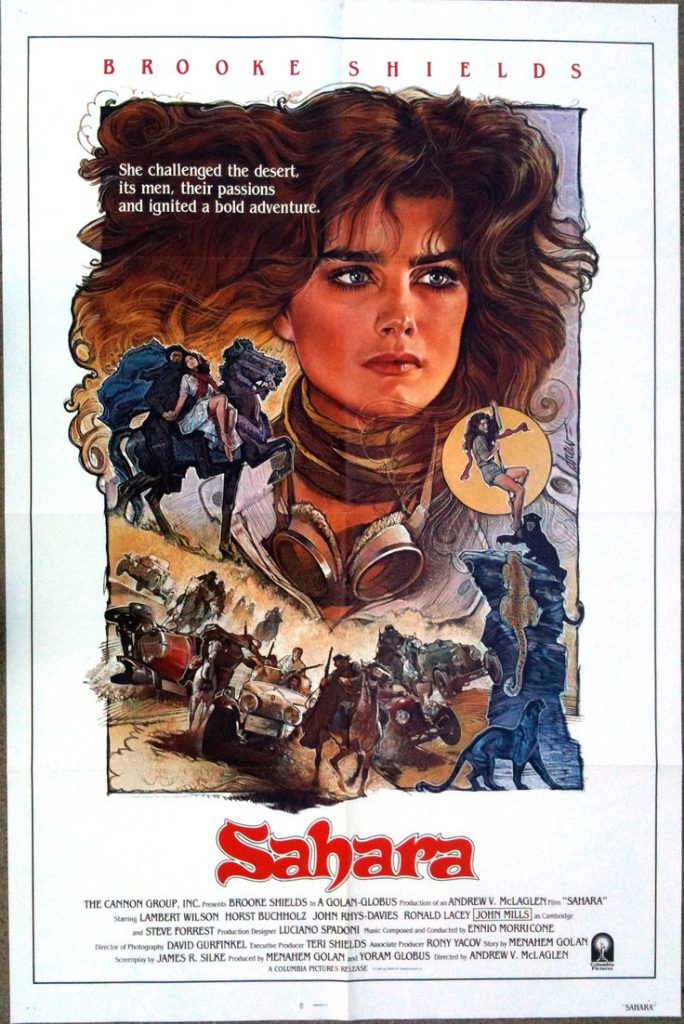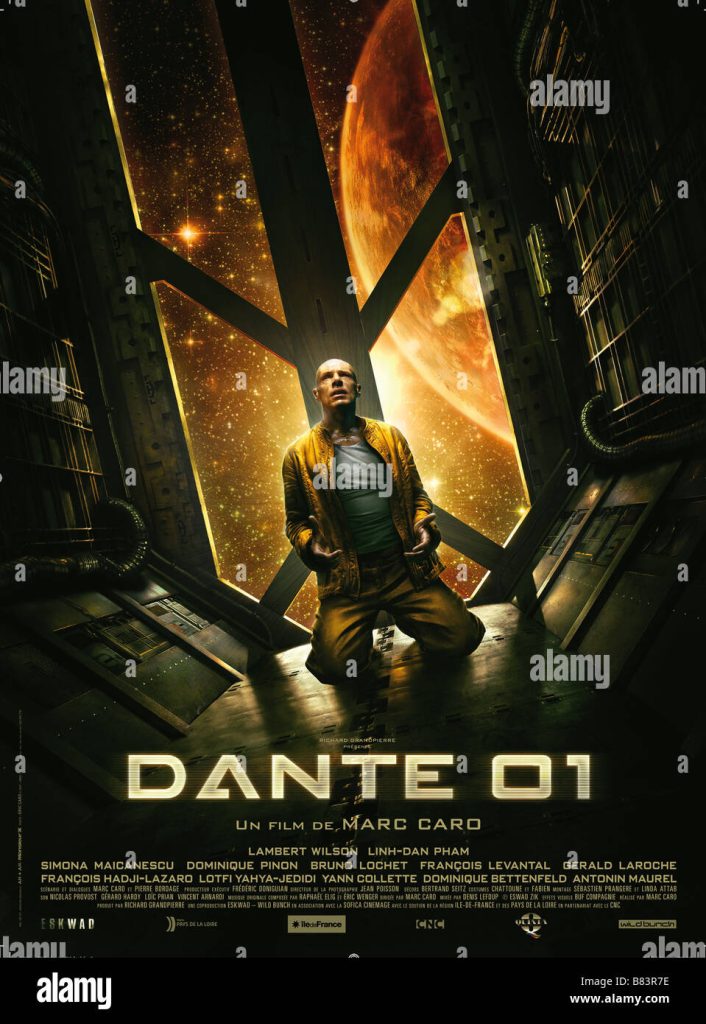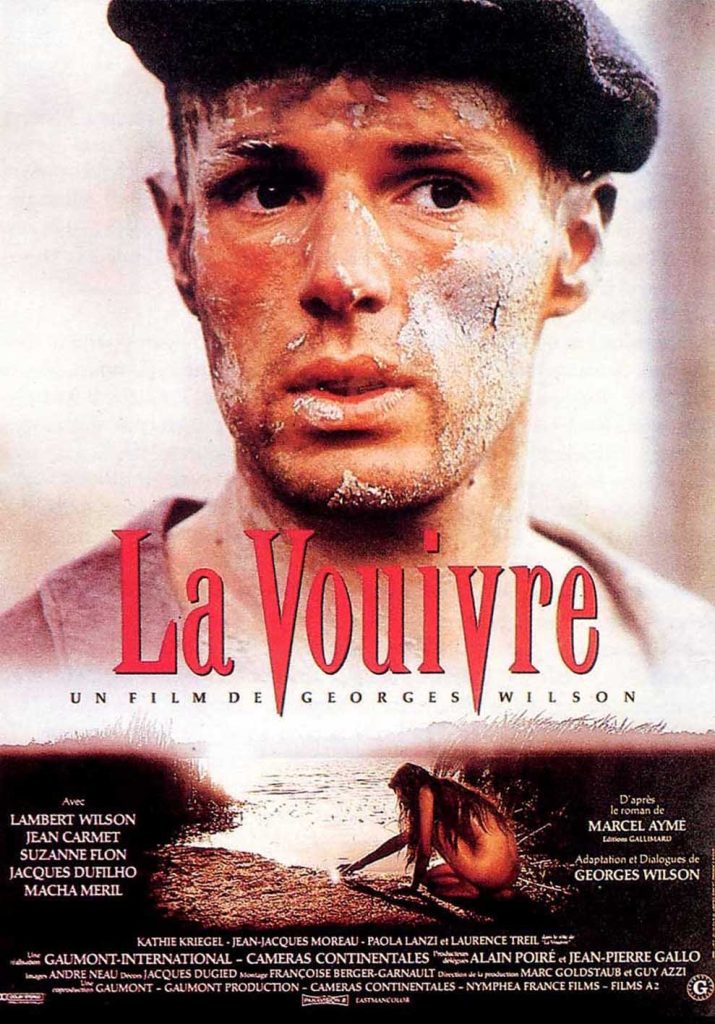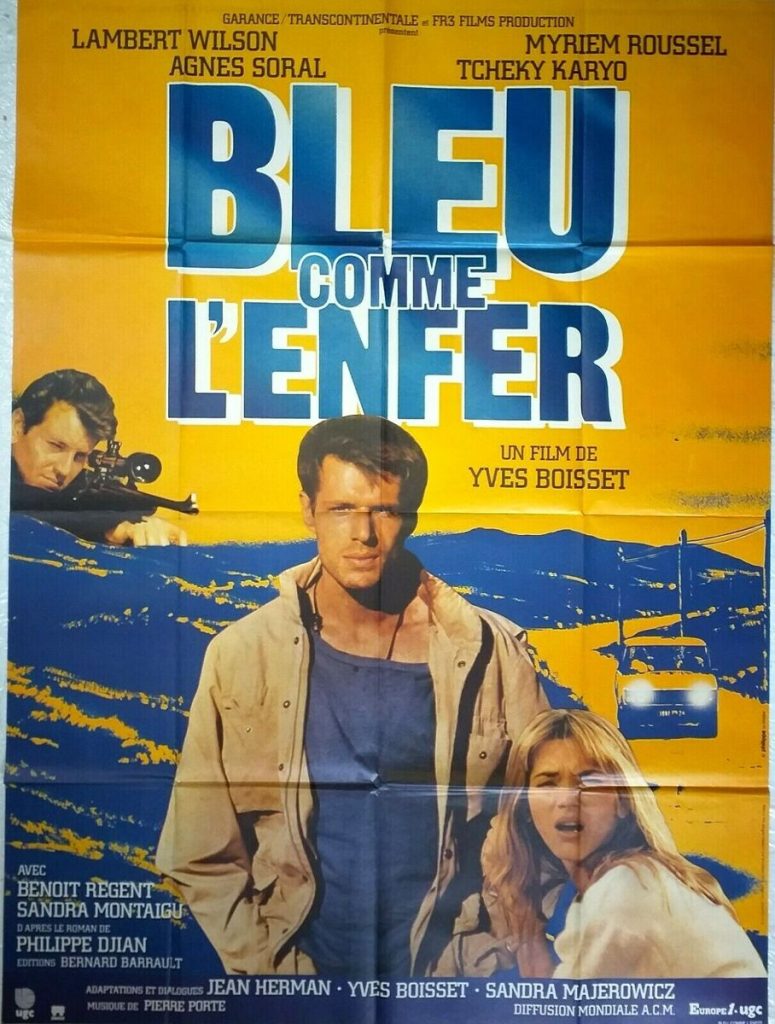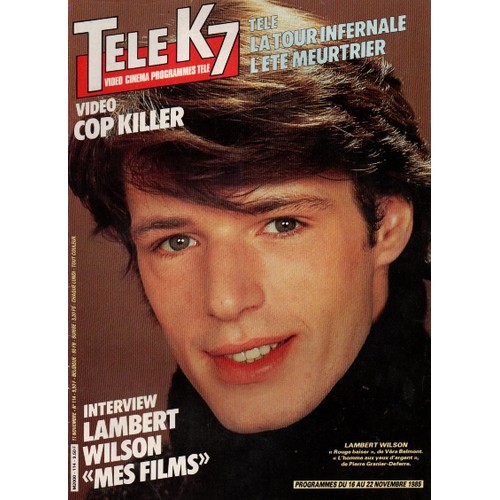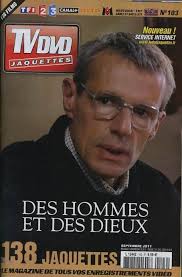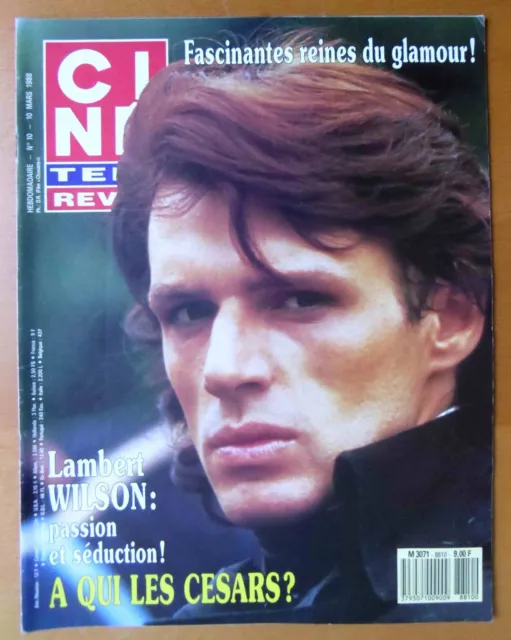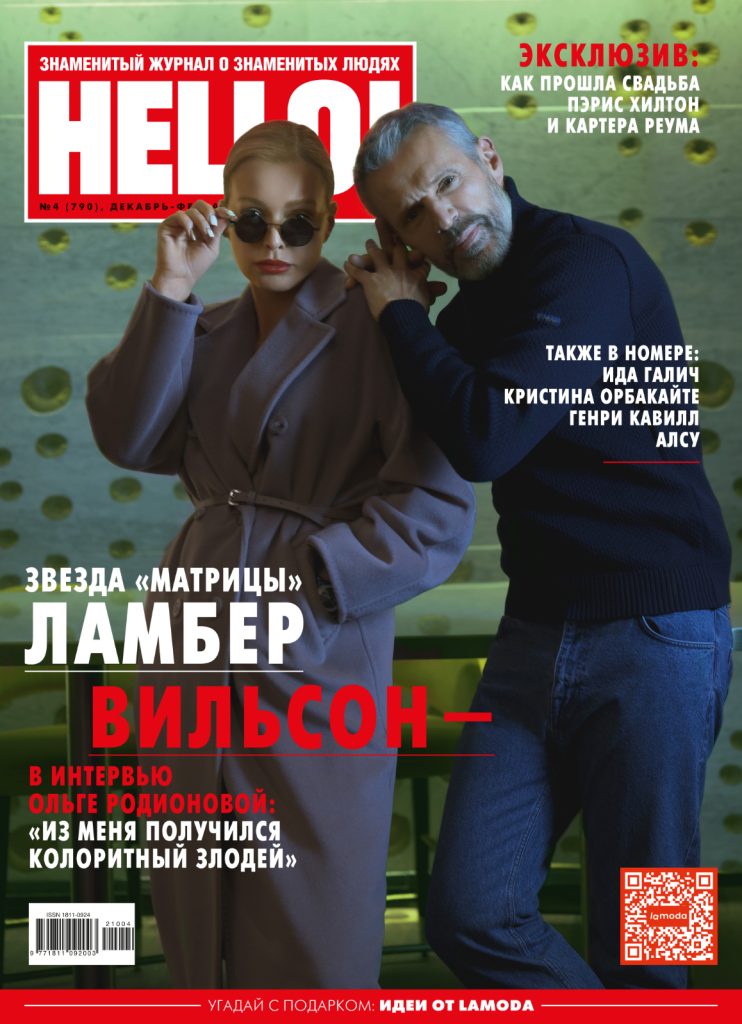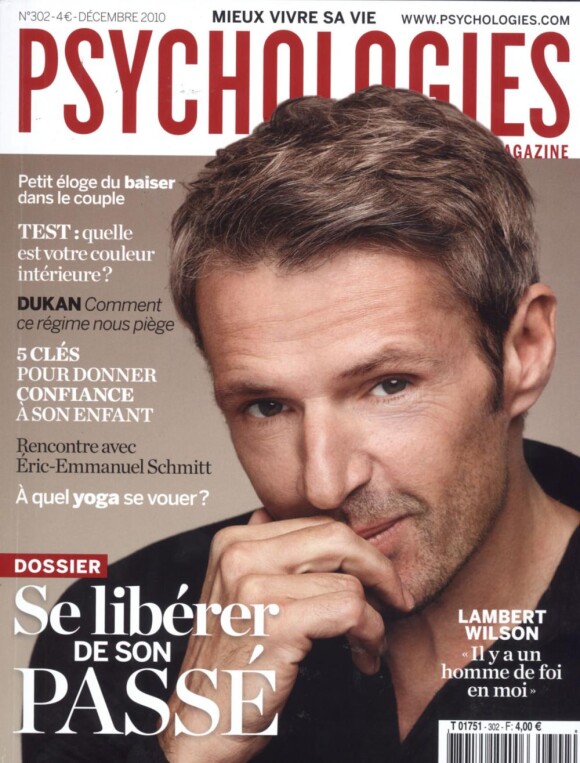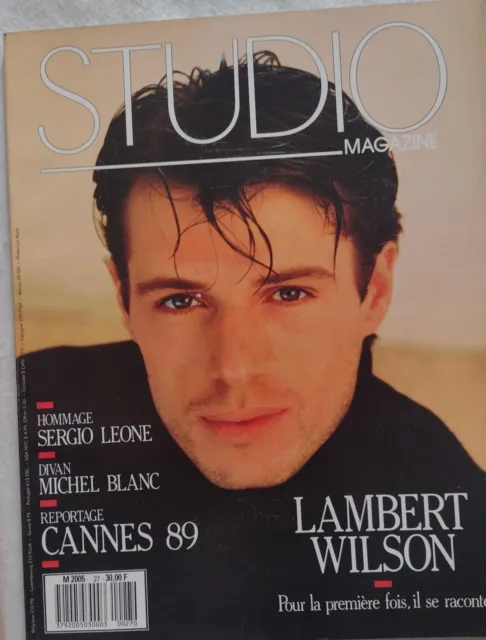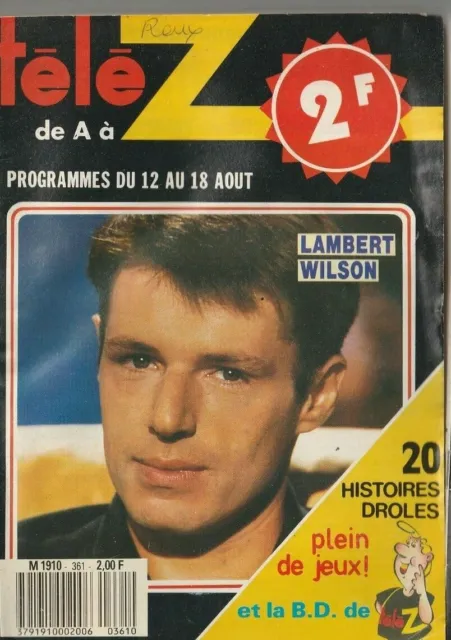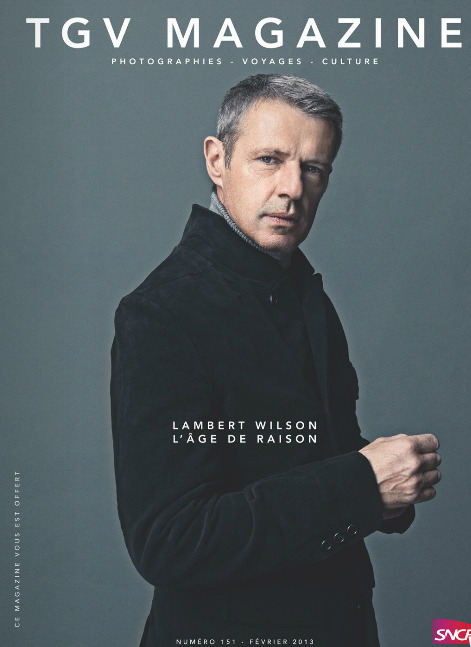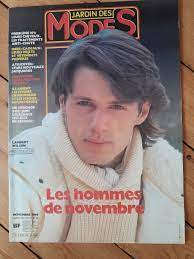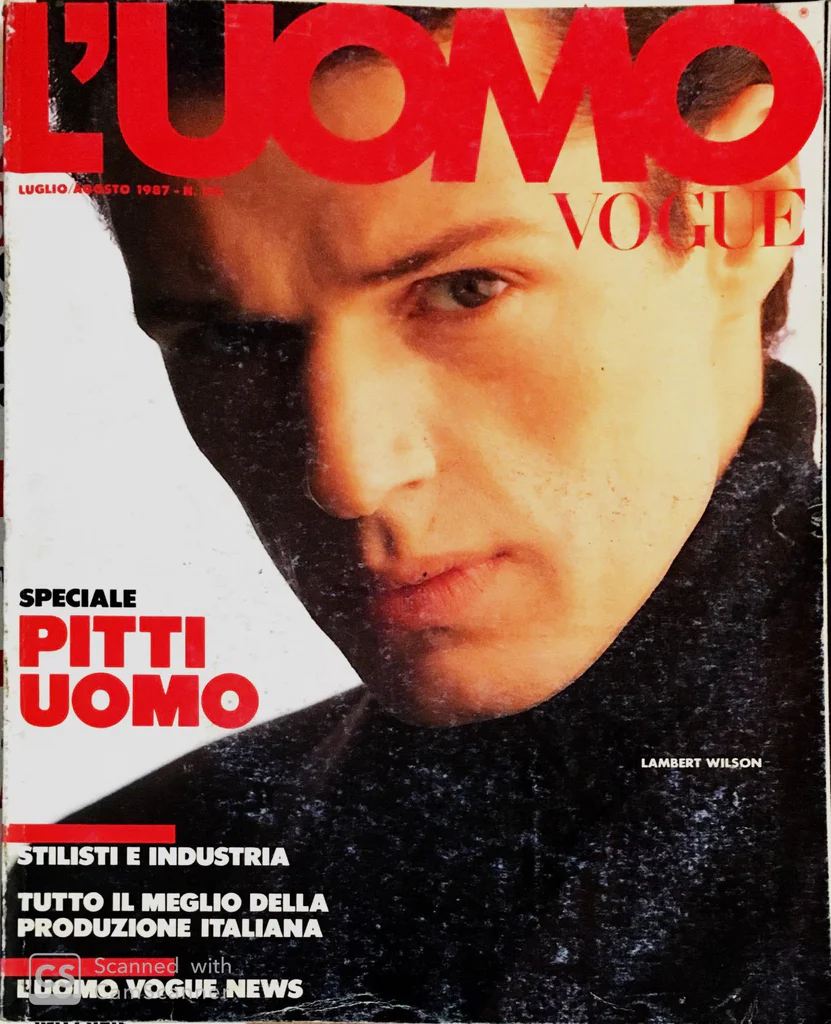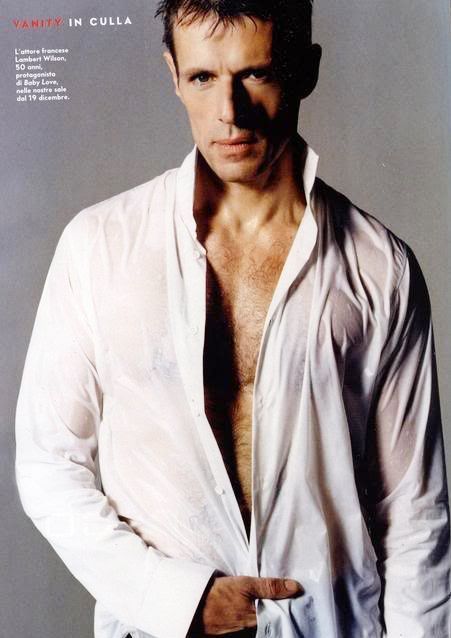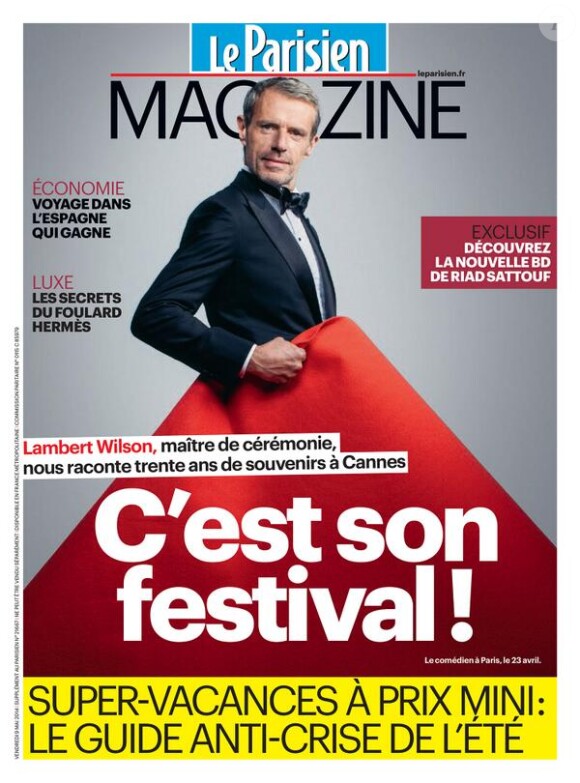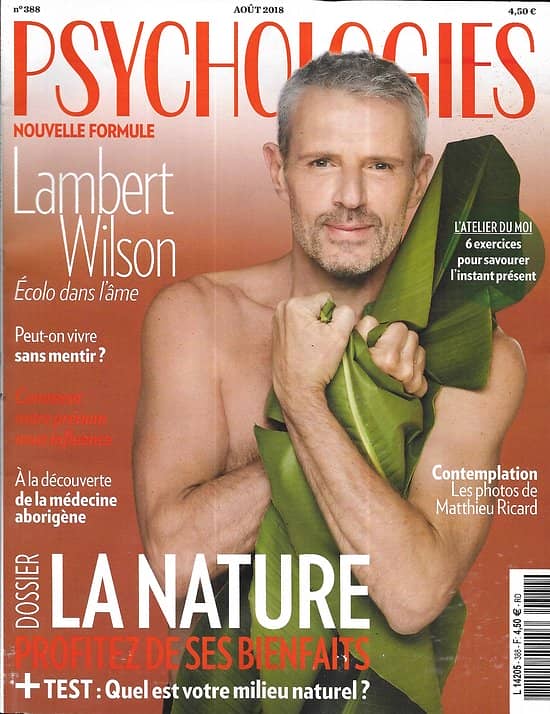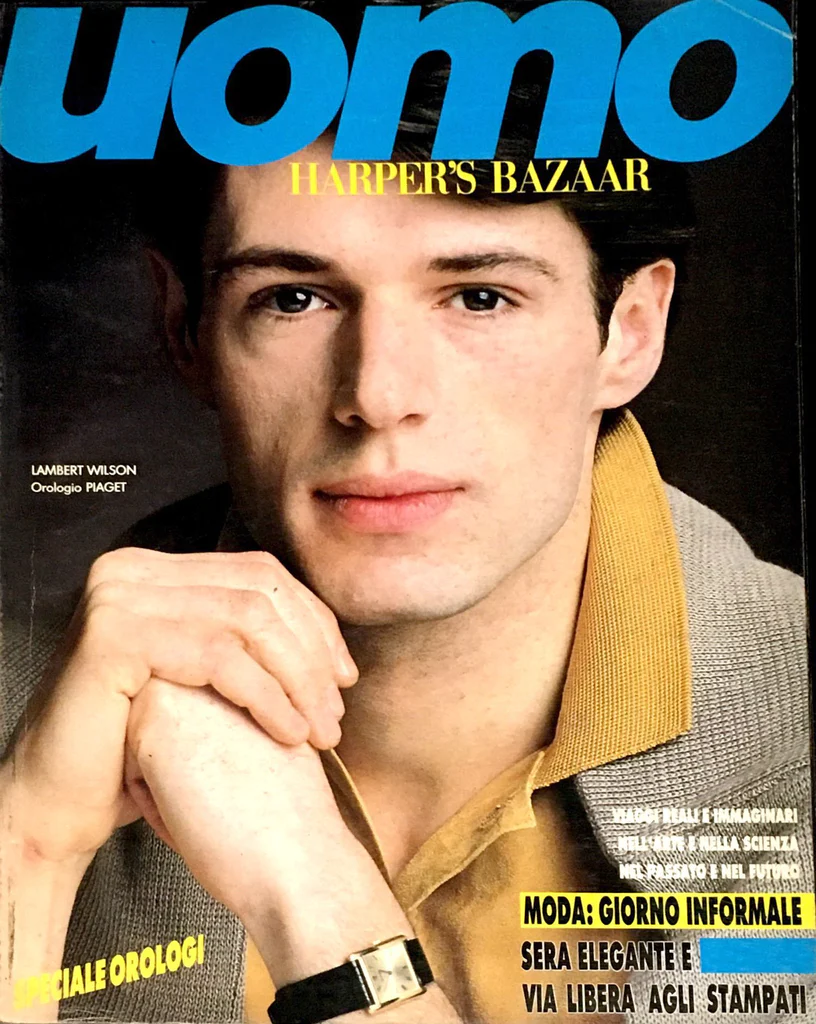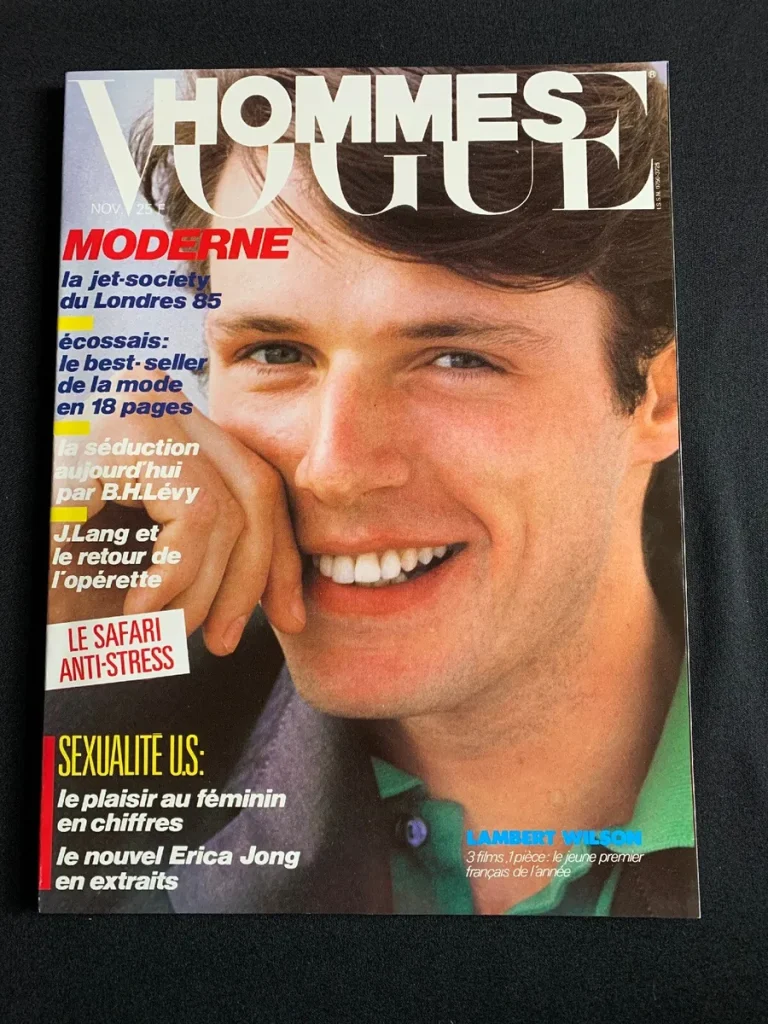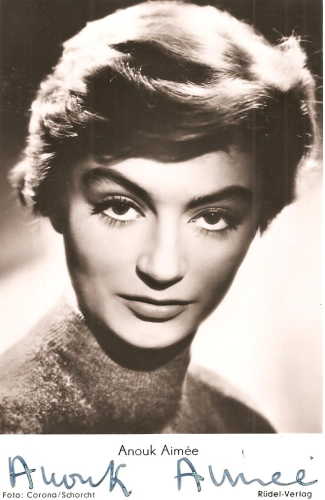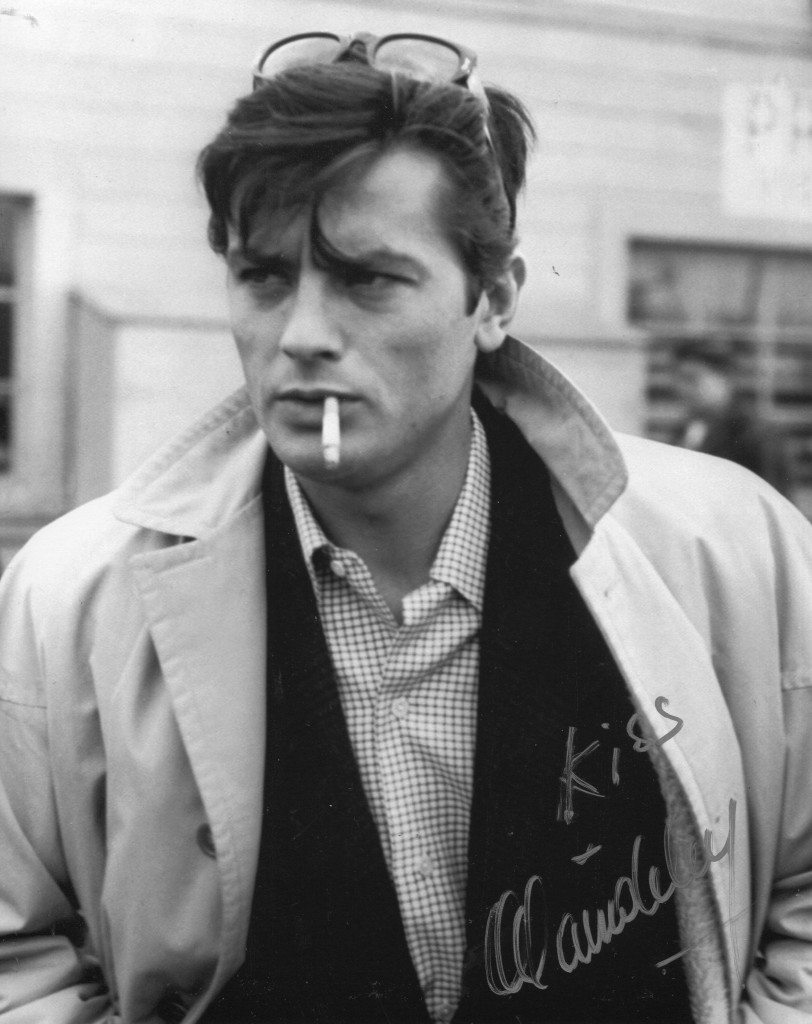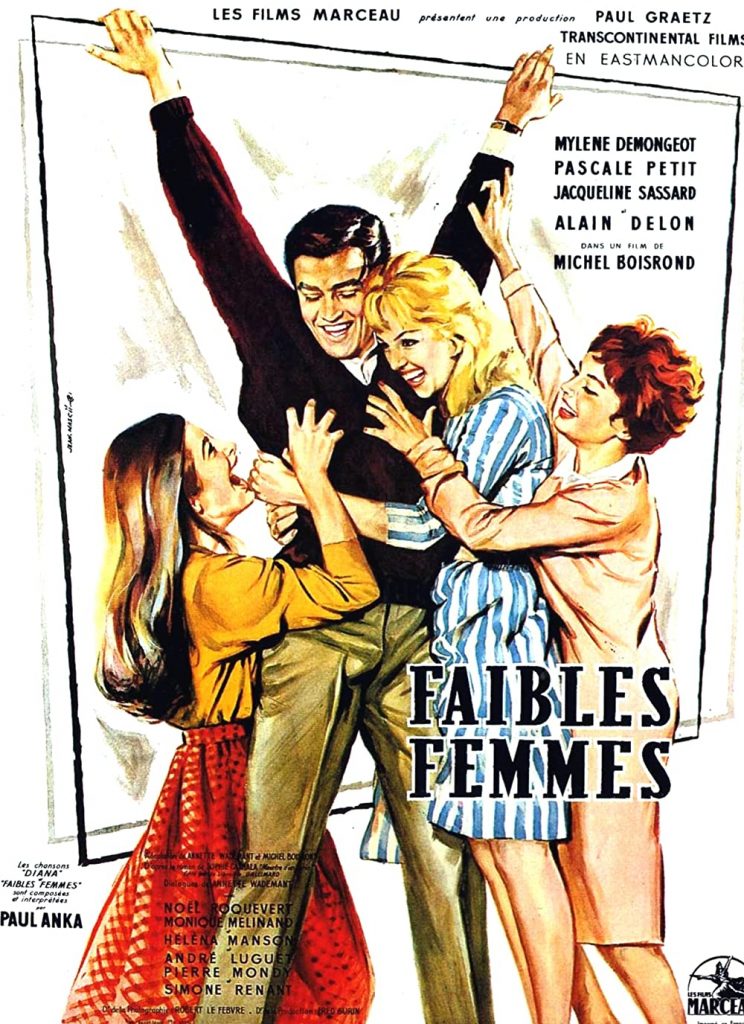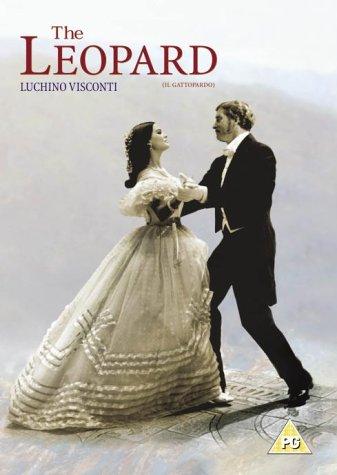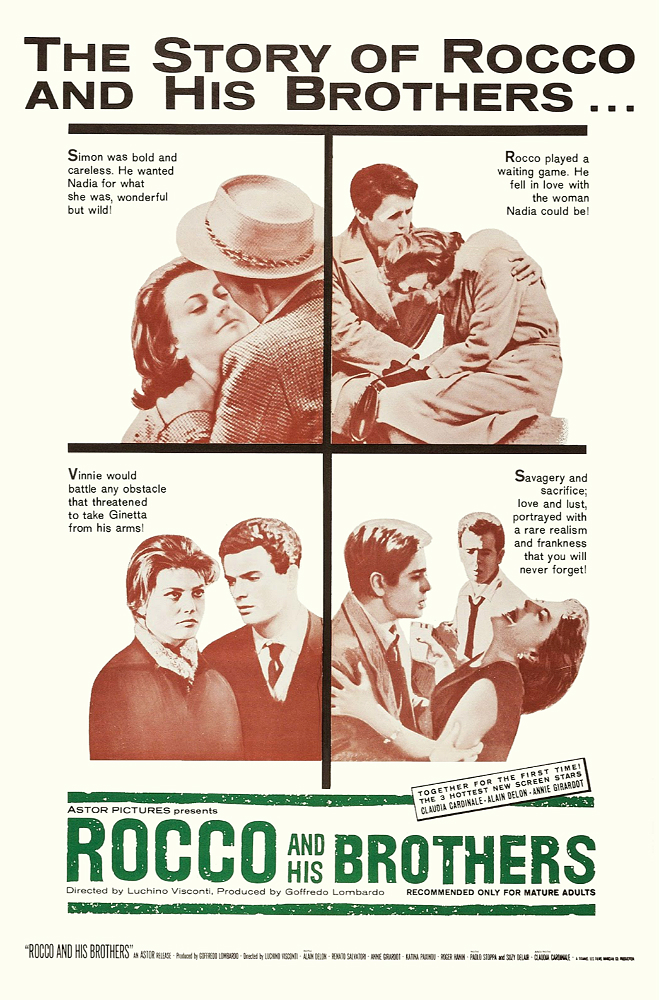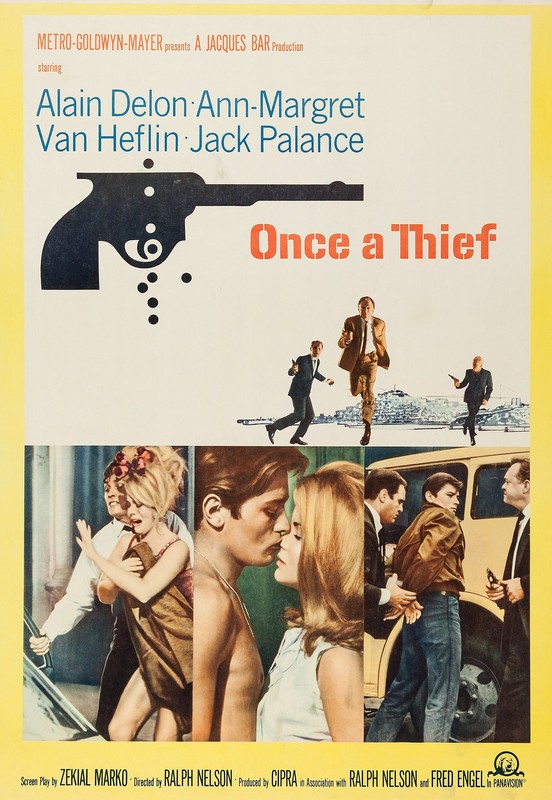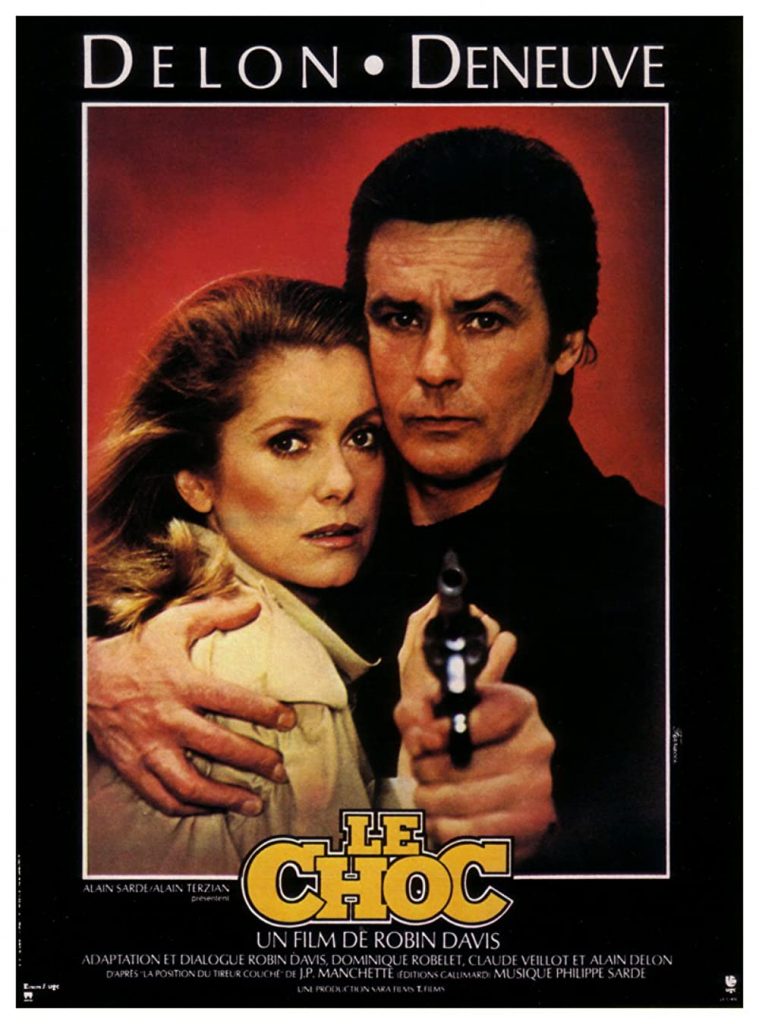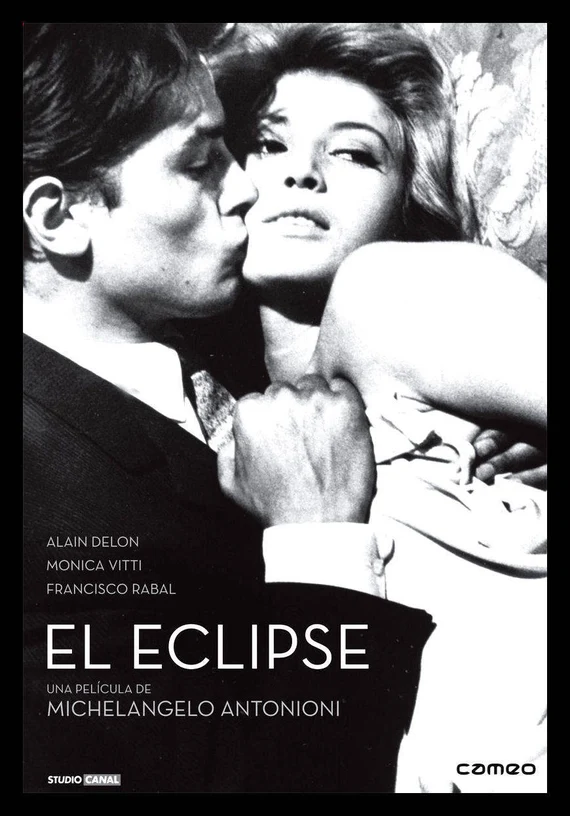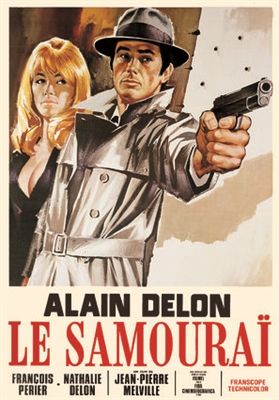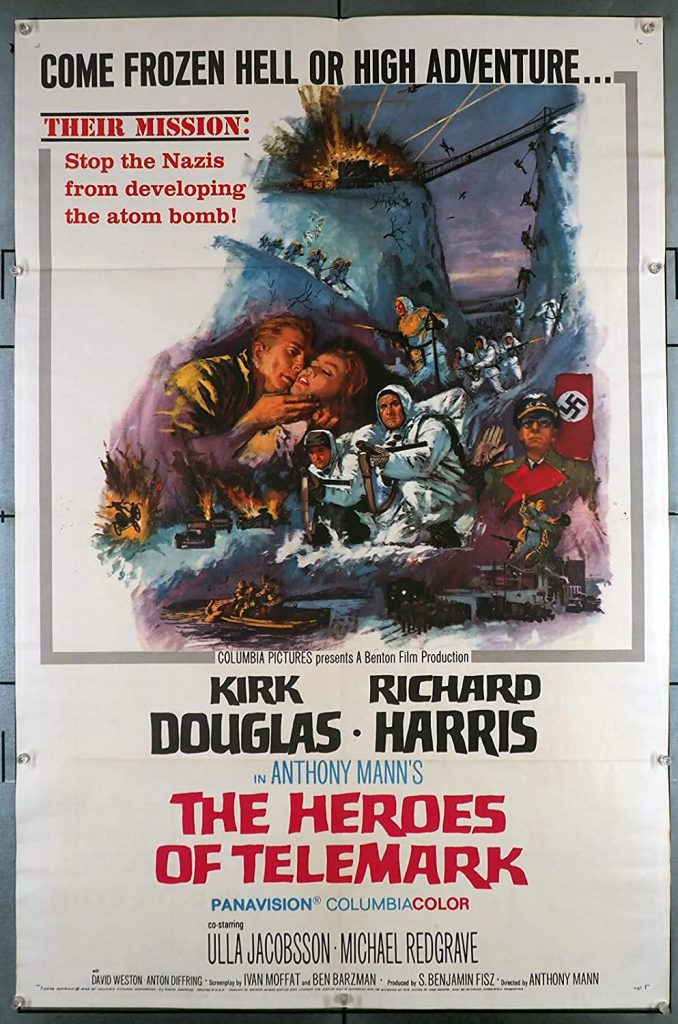The actor Alain Delon, with his finely chiselled features and glacial gaze, was known as the “ice cold angel”. As a young man, his handsome, impassive face was a blank page on which apparently any emotion could be written. This served to cover the passion or perversity beneath, a trait used effectively by such directors as Luchino Visconti, Louis Malle, Joseph Losey, Jean-Pierre Melville and Michelangelo Antonioni.
Delon’s best work was done in the 1960s and 70s, the first two decades of a career spanning half a century. After this exciting initial period, he settled down, with occasional exceptions, to consolidating his tough-guy persona, becoming one of the most popular male stars in French cinema.
In the light of his unpromising background, Delon, who has died aged 88, deserved the success he achieved. Born in Sceaux, a large suburb in the south of Paris, he was the son of Edith (nee Arnold) and Fabien Delon. They divorced when Alain was four, and he was brought up by foster parents until they died in a car accident. He then moved back to live with his mother and her new husband, Paul Boulogne, a butcher, to whom Delon was unhappily apprenticed when he was 14
This was soon after he completed his sporadic education, having been expelled from several schools for bad behaviour. At 17, he joined the French navy, serving in Indochina as a parachutist during the siege of Dien Bien Phu.
Out of his four years in the military, Delon spent 11 months in prison for being “undisciplined”. In 1956, after being dishonourably discharged, he returned to civilian life, working as a porter, a waiter and a salesman. During this time he became friends with the actors Brigitte Auber and Jean-Claude Brialy, and went with them to the 1957 Cannes film festival.
There, his looks attracted attention, especially from a talent scout for the producer David O Selznick, who offered him a Hollywood contract, provided that he learned English. But after Auber persuaded the director Yves Allégret to cast the young would-be actor in Quand la Femme s’en Mêle (When a Woman Meddles, 1957), Delon decided to start acting in France.
Surrounded by such veterans as Edwige Feuillère, Jean Servais and Bernard Blier, Delon, looking much younger than 22, made an impression as a hitman, the sort of role he perfected in later films. Despite being touted as France’s answer to James Dean, Delon was closer to the young Alan Ladd.
In Sois Belle Et Tais-Toi (Be Beautiful But Shut Up, 1958), directed by Marc Allégret, Yves’s older brother, Delon was cast as a petty crook, partnered by Jean-Paul Belmondo, who was to equal Delon in popularity in the 60s and 70s. They were later to appear together again in Borsalino (1970), Borsalino and Co (1974) and as sexagenarian action heroes in Une Chance sur Deux (Half a Chance, 1998).
Christine (1958), a love story set in Vienna at the turn of the century, gave Delon his first major role as a romantic lead, opposite Romy Schneider. During the shooting of the film – a remake of Max Ophüls’ Liebelei (1932) – the couple fell in love and became engaged soon afterwards. The romance lasted four years, and Delon and Schneider remained close until her death in 1982. They appeared together on stage in 1961 in a Parisian production of ’Tis Pity She’s a Whore, directed by Visconti, as well as in the films La Piscine (The Swimming Pool, 1969) and Losey’s The Assassination of Trotsky (1972).
It was in 1960 that Delon became an international star with his portrayal of Patricia Highsmith’s Tom Ripley in René Clément’s Plein Soleil (Purple Noon). With his pretty-boy looks, Delon perfectly reflected the calculated charm, indolence and coldness of the ambiguous character, who schemes to take his friend’s clothes, yacht, girlfriend and life
In contrast, in the same year, Visconti cast him as a “wise fool” in Rocco and His Brothers, an epic three-hour neorealist drama. To save his poverty-stricken family, who have immigrated to Milan from southern Italy, Rocco (Delon) takes up boxing, a sport he detests. Dubbed into Italian, Delon does his best to convince as a saintly character, though it is doubtful whether any boxer could be so gentle and yet so successful.
Dubbed again into Italian, Delon was superb as an arrogant and materialistic stockbroker who has an affair with a translator (Monica Vitti) in L’Eclisse (Eclipse, 1962), the third in Antonioni’s trilogy of alienation. Delon’s third notable Italian film was Visconti’s The Leopard (1963), in which he played the dashing and cynical young revolutionary Tancredi. As a hotheaded opportunist who represents the future of Italy, Delon’s performance is in sharp contrast to Burt Lancaster’s contemplative one as his aristocratic uncle, who represents the past.
Back in France, Delon began to take on less challenging roles, mostly in swashbucklers and thrillers. The main interest of the conventional heist movie, Mélodie en Sous-Sol (Any Number Can Win, 1963), was the coming together of the biggest French star of the 30s, Jean Gabin, and the rising star of the 60s. As interesting was his pairing with Simone Signoret, 14 years his senior, in The Widow Couderc (1971).
Delon also appeared in several English-language films at the time, including The Yellow Rolls-Royce (1964), in which he was an Italian photographer cum gigolo making a play for a gangster’s moll (Shirley MacLaine), and a Spanish aristocrat in the comedy-western Texas Across the River (1966). At the time, Delon could claim to be an equal in fame to any movie star in large-budget films such as Once a Thief (1965), opposite Ann-Margret and Jack Palance;Lost Command (1966), a war film with Anthony Quinn and George Segal; and Red Sun (1971) with Charles Bronson and Toshiro Mifune, cashing in on Delon’s huge popularity in Japan.
In the artily erotic The Girl on a Motorcycle (1968), directed and photographed by Jack Cardiff, Delon played Marianne Faithfull’s lover, unzipping her leather gear with his teeth and murmuring: “Your toes are like tombstones.”
In 1964 Delon married Nathalie Barthélémy, who made her screen acting debut opposite him in Melville’s Le Samouraï (1967), the first of three ritualistic and atmospheric crime thrillers directed by Melville and starring Delon. In Le Samouraï, he was an expressionless hired killer; in Le Cercle Rouge (1970), he was a cool ex-con; and in Un Flic (Dirty Money, 1972), Melville’s final film, he was equally effective as a bitter cop.
Delon’s standing as a screen tough guy was enhanced when, in 1968, he and his wife, whom he was about to divorce, were implicated in a sensational political scandal. The discovery of the corpse of his bodyguard Stevan Marković in a rubbish dump – he had been shot in the head – led to revelations of drug and sex orgies involving a host of personalities from the world of politics and show business, including the wife of the president, Georges Pompidou.
Delon’s friend, the Corsican gangster François Marcantoni, was charged as an accessory to murder but was later released due to lack of evidence. Both Alain and Nathalie were held for questioning, but were not accused. What had alerted police was a letter Marković sent to his brother in which he wrote: “If I get killed, it’s 100% the fault of Alain Delon and his godfather François Marcantoni.”
In the same year, Delon began a 15-year relationship with the actor Mireille Darc, with whom he co-starred in Jeff (1969), the first film made by his own company, Adel, and a few other pictures.
During the same period, under Malle’s direction, he portrayed William Wilson, an Austrian officer and gambler, who murders his doppelganger, in one of three segments based on Edgar Allan Poe stories in Spirits of the Dead (1968).
Another of his outstanding performances was the title role of Losey’s Mr Klein (1976), as a French-Catholic art dealer who is mistaken for a Jew of the same name during the occupation in 1942. Unable to convince the Gestapo of the mistaken identity, he is deported.
Many years later, Delon claimed to be a supporter of the far-right leader Jean-Marie Le Pen. “He is dangerous for the political set because he’s the only one who’s sincere,” Delon declared. “He says out loud what many people think, and what the politicians refrain from saying because they are either too demagogic or too chicken. Le Pen, with all his faults and qualities, is probably the only one who thinks about the interests of France before his own.”
In the 80s, Delon, already a producer of a dozen movies, tried his hand at directing. His two films, Pour la Peau d’un Flic (For a Cop’s Hide, 1981) and Le Battant (The Fighter, 1983), were pale imitations of Melville. But, in 1984, Delon was given two of his last chances to display his acting talents. In Bertrand Blier’s Notre Histoire (Our Story), he was a morose alcoholic, and, in one of the most surprising casting decisions, he played the decadent gay dandy Baron de Charlus in Volker Schlöndorff’s Swann in Love, based on the first volume of Marcel Proust’s novel.
Following his dual role in Jean-Luc Godard’s Nouvelle Vague (1990), and a number of poorly received films, Delon announced his decision to retire from acting in 1997, although he did star in a television cop series, Frank Riva (2003-04), and made an unexpected appearance as Julius Caesar in Asterix at the Olympic Games (2008). A final TV role came in the drama Une Journée Ordinaire (2011), and he appeared as himself in S Novym Godom, Mamy! (2012), the story of a Russian New Year’s Eve, and Disclaimer (2019), as a talkshow guest.
An honorary Palme d’Or in 2019 provoked complaints against Delon’s history of misogynistic comments and support for the far right. The Cannes festival responded that its concern lay with achievement in cinema: “We’re not going to give (him) the Nobel peace prize.” Also that year came the video release of the song, Paroles, Paroles, that had given the singer Dalida and him a hit in 1973.
Delon, who became a Swiss citizen after many years’ residence in Geneva, with a second home in Douchy, south of Paris, spent most of his later years as president of a company that produced a variety of products such as perfume, wristwatches, clothing and sunglasses, all with the label AD.
The Velvet Underground singer Nico said that Delon was the father of her son Ari, though he denied it – the boy was adopted by Delon’s mother and stepfather, and took their surname, Boulogne; he died in 2023. Delon is survived by his son, Anthony, from his first marriage, and his children, Anouchka and Alain-Fabien, from his second marriage, to Rosalie van Breemen, which ended in divorce in 2002.
Alain Fabien Maurice Marcel Delon, actor and producer, born 8 November 1935; died 18 August 2024
